FUJIFILM X-H1: THE NEXT GENERATION HAS ARRIVED
On Thursday 15 February 2018 Fujifilm announced the brand new X-H1 compact system camera with simultaneous launches around the globe. As an official Fujifilm X-Photographer Jeff Carter was asked to be part of the test team for the new camera. He took the X-H1 to the WEC event in Bahrain and to the Scotland v Australia international test at Murrayfield. This gave the X-H1 the hardest of tests and there was plenty of feedback for the Fujifilm development team back in Japan, most of it extremely positive. He has had to keep the camera under wraps for three months but Jeff can now give his thoughts on the latest addition to the Fujifilm X-Series family.
The X-H1 is the third camera I have tested for Fujifilm, I was involved in the development of the X-Pro2 and X-T2. It is a great feeling as a working photographer to be asked by a camera manufacturer to give your input. I am part of a large team of photographers from around the world but there are not many of us that are working in sport.
So what have I discovered by running the X-H1 alongside the X-T2 for the past few months?
IN BODY IMAGE STABILISATION
The X-H1 is the first X-Series camera to have IBIS (In Body Image Stabilisation) and this is a big step. This means all of the XF lenses are now stabilised, not just the zooms that feature OIS. The IBIS is up to 5 stops and I can report it really does work! This is also doubly important as this camera features a much better video function than previous X-Series. My standard video lens is the 16-55mm f2.8, which is the only pro zoom lens that doesn't feature OIS, but now with IBIS I can use it handheld and not worry as much about producing 'wobbly-cam' footage. More on the video functions later.
The noticeable difference when you first pick up the X-H1 is the size of the handgrip, it is deeper and ergonomically it fits your hand a lot better. The addition battery grip (which is a necessary purchase for this camera in my opinion) doesn't have the addition hand grip like the X-T2 battery grip has, it doesn't need it. The X-H1 also sits taller and is wider than the X-T2 but it is still a compact camera compared to a pro DSLR.
SAME BATTERY
The X-H1 uses the same battery (NP-W126S) as the X-T2. The newer camera can use the older non 'S' batteries but it does warn you on the LCD that a non 'S' battery is fitted and the battery icon is yellow. The warning states the battery will drain quicker but the camera runs OK. Obviously if you already have an X Series camera then you will probably have a few W126 batteries and not having to buy a new set of batteries is going to be a big plus. Battery drain is the same as the X-T2 and I am happy to report I only used one complete battery in nearly two hours and over 1500 images at the Scotland v Australia rugby international. However I do recommend carrying at least three spares when out shooting for the whole day just to be on the safe side.
ERGONOMICS
The layout of the buttons and dials is very familiar to anyone who has used an X-T2 but there are some changes.
The top plate features a LCD screen that is lifted from the GFX and I love it. Gone is the exposure compensation dial that sits in that place on the X-T2 and I have to be honest I am happy it has gone. While not as bad as the X-Pro2, I sometimes would catch the dial when walking and when I brought the X-T2 to my eye to take a shot it would either be very light or very dark as the dial had been knocked to +3 or -3. With the X-H1 exposure compensation is now a push of a button and a twist of the rear dial. It isn't as slick but you soon get used to the function and it can't be accidentally knocked off the setting you have selected!
The information displayed on the LCD is clear and concise and there is a back light if you are shooting in low light or dark conditions.
The X-H1 alongside the X-T2
The X-H1 takes all the good points from the X-T2 making the camera operation excellent. The dials are the same with push buttons to lock the dials once you have selected your settings. The AF button has moved to the left of the rear dial and both AF-ON and AE-L buttons are bigger and easier to find quickly. The Q button moves from just above the toggle switch on the X-T2 to the thumb grip. It took me a while to get used to this and I kept selecting the Quick Menu by accident during the race in Bahrain. Which was a little annoying.
QUIETER SHUTTER
Another noticeable difference is the shutter noise, it is really muted on the X-H1 thanks to the housing containing the IBIS. The difference between the X-H1 and X-T2 is very noticeable and the X-T2 is not exactly a loud camera compared to a DSLR. This camera will really appeal to anyone working in a quiet environment like a church. For sport I can see this being a winner for golf and tennis where you can't shoot during the back swing or during the serve due to the shutter noise distracting the players.
TOUCH SCREEN
The LCD is now touch screen like the GFX and X-T20. I will be honest and say the jury is still out for me on this touch screen. I can see it being very useful in the studio, and I have used it for my landscape work where I can select the AF point on the screen, but for sport it doesn't really help. However it is easy to switch it off by touching the AF square in the top right of the LCD.
Nicky Thiim (DEN) / Aston Martin Vantage - FIA World Endurance Championship
FUJIFILM X-H1 + XF100-400mm f4.5/5.6 - 1/320 @ f5.6 ISO200 (zoom - 400mm)
Scotland's Huw Jones attacking the Australian defence in the Autumn International at Murrayfield
FUJIFILM X-H1 + XF100-400mm f4.5/5.6 - 1/800 @ f4.7 ISO8000 (zoom - 145mm)
REAR LCD
The LCD is big and bright and pivots in two directions like the X-T2. One issue I have found is the viewfinder sticks out further on the X-H1 than the X-T2 (see images below) and while this isn't an issue normally, if you use the camera low down with the LCD angle upwards, then the viewfinder covers a good proportion of the top of the LCD. In a busy pitlane you cannot lie down and using the LCD as a waist level viewfinder has been one of the plus points of the X-T series. While it is still possible with the X-H1, the screen needs to pull out slightly to clear the top of the screen. This is more of an annoyance than a huge problem but I feel it is something Fujifilm needs to look at in future models.
The eye cup in the X-H1 blocks the top the screen when using the camera in a low position.
The eye cup on the X-T2 provides a better view.
The touchscreen can be turned on or off.
The dials receive the same push button locks as the X-T2
IN THE REAL WORLD
The X-H1 was blindingly quick to focus. The difference between the X-H1 and X-T2 is not as big as the X-T2 to X-T1 but when I first got the X-H1 in mid November there was a difference in the AF. However the X-T2 received a firmware update and now the difference is not that big. To be honest running both cameras alongside each other I can say that the difference in AF speed is not that noticeable, which isn't surprising considering the two cameras use the same processor and X-Trans III 24MP sensor.
I did notice that the X-H1 is better at keeping the AF lock and if it lost the AF lock for any reason, it recovered quickly.
The EVF (Electronic View Finder) is also better, with little or no black out and a refresh rate that keeps up with fast moving action. For me the EVF is the heart of the X-Series. I can't remember the last time I used the Optical View Finder on my X-Pro2 or X100T. The ability to see the exposure before I press the shutter release is a huge plus point since I moved over to the X-Series fully in 2014.
In the days of film I used to know by instinct whether I got the shot or not and it has come full circle with the X-T2 / X-H1, I know I've got the shot because I saw it in the viewfinder before I pressed the shutter release.
VIDEO
This is where the X-H1 really shines. I need to point out that I am a photographer that shoots video but that side of my business is increasing so I have become more involved in shooting moving images. The X-H1 really helps me in that respect.
To highlight the differences between the two cameras you just have to look in the menu. The X-T2 menu has one page of video selections, while the X-H1 gets a grand total of FOUR pages offering more control. One of the most important improvements is the option to record in F-Log directly to the SD card. There is also a new film simulation called 'ETERNA', a cinematic simulation that is suitable for a film look movie. It is very good and you can select a different film simulation for the video from the one you have chosen for the stills.
The video selector had also changed and you can select 16:9 or 17:9 formats. 4K comes with with four frame rates - up to 29.97 fps - and up to 200mbs (megabytes per second) on 24fps and 23.98fps. Full HD (1080P) is up to 59.94fps at 100mbs.
The AF on the video side is also an improvement over the X-T2 and is certainly more consistent when videoing fast action sports. The champions press conference video below also shows the ability to hand hold the X-H1.
The FIA World Endurance Championship Class Champions press conference after the 6 Hours of Bahrain. The close in footage of the drivers was taken on a handheld Fujifilm X-H1 fitted with a XF90mm f2 lens
CONCLUSION
The X-H1 has continued the Fujifilm philosophy of continuing to improve the X-Series. If you don't shoot video and own an X-T2 you will have to think carefully before upgrading your camera, especially since the latest firmware update for the X-T2 at the end of 2017. The AF is improved on the X-H1, but not significantly. I certainly wont be getting rid of my X-T2s anytime soon.
Ergonomically I like the X-H1 with the bigger hand grip, the new LCD panel and the chunkier buttons. Where the X-H1 stands head and shoulders above the X-T2 is with the inclusion of IBIS. This is big plus point, especially if you shoot mainly with prime lenses or you have a collection of old legacy lenses with an XF adapter.
If you shoot video then the X-H1 is a big step forward for the X-Series. The video functionality of the X-H1 is brilliant and I have found myself shooting more action footage handheld in the past three months.
The build quality is certainly to professional standards and matches the quality of the stills and video footage the X-H1 is able to shoot. It is certainly worthy of the X-Series badge the X-H1 wears.
CLICK HERE to see the Fujifilm press release on the X-H1
THE PHOTOGRAPHY SHOW 2018
I will be at TPS at the NEC in Birmingham on the Fujifilm stand on Saturday 17 and Sunday 18 March to talk about using the X-H1 and X-T2 for sport. I will on stage on both days and will also be on the Fujifilm stand. If you want to come and talk to me about how I use the X-H1 or X-T2 please come and have a chat.
SAMPLE IMAGES
Here is a selection of images from the 6 Hours of Bahrain and the rugby at Murrayfield. I have been using the X-H1 for other work and I will be posting more images from this new X-Series camera in the next few weeks.
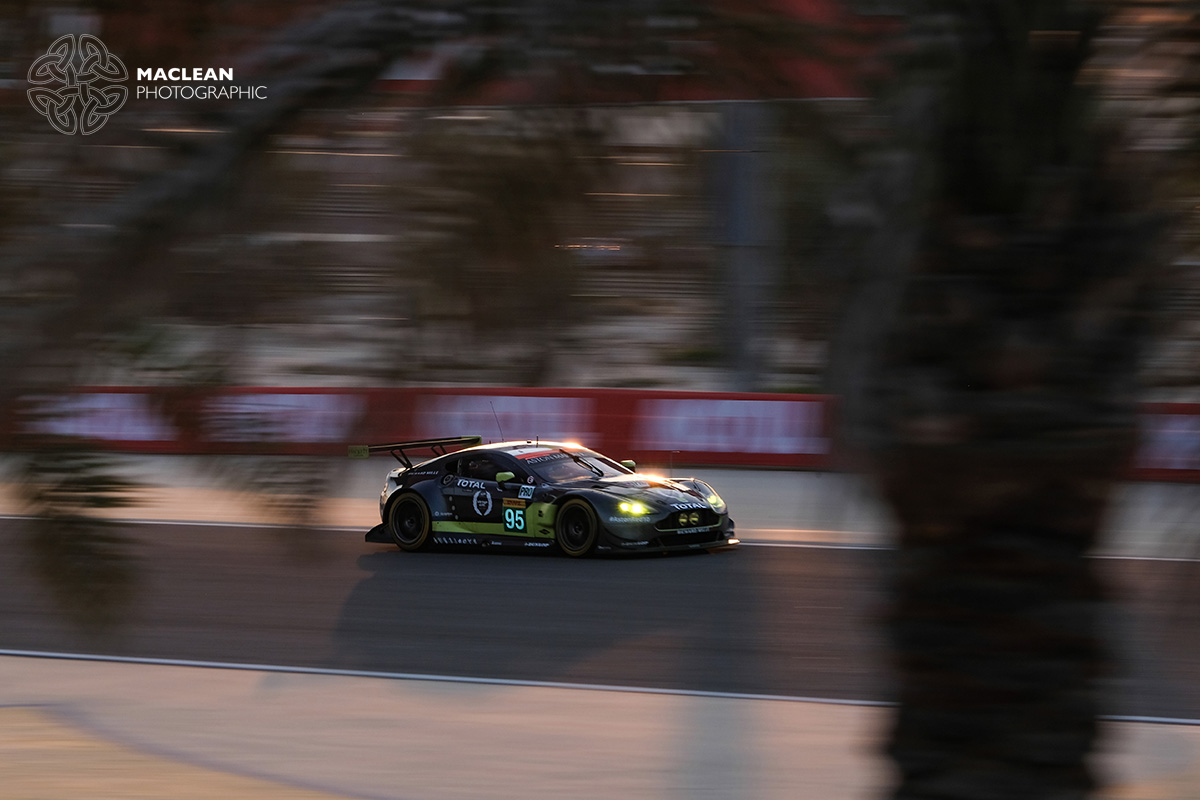
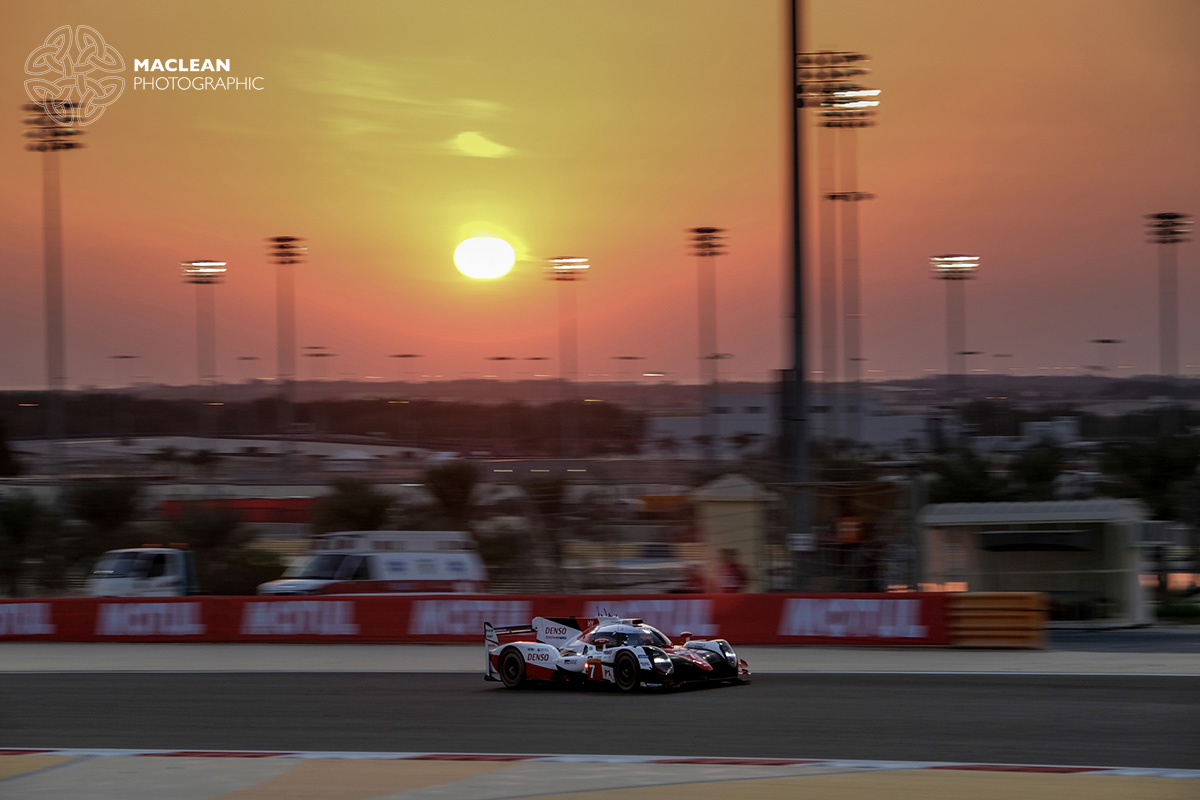


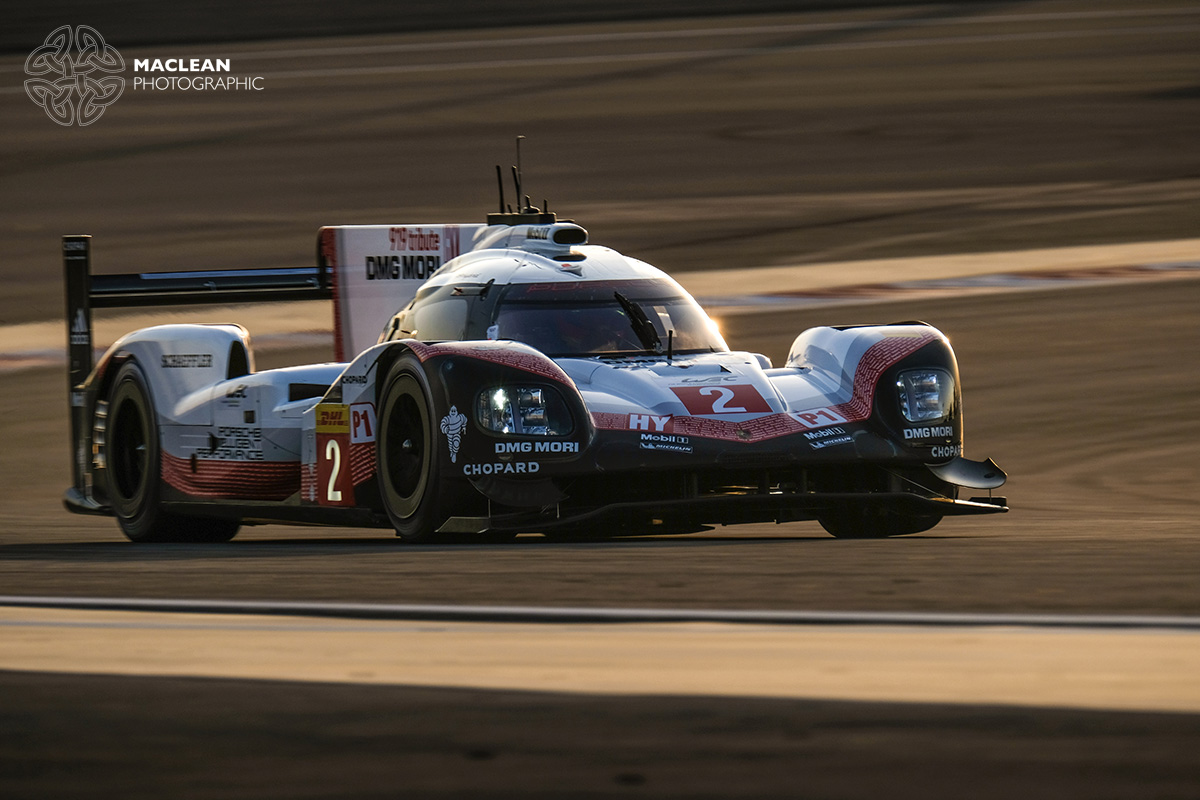
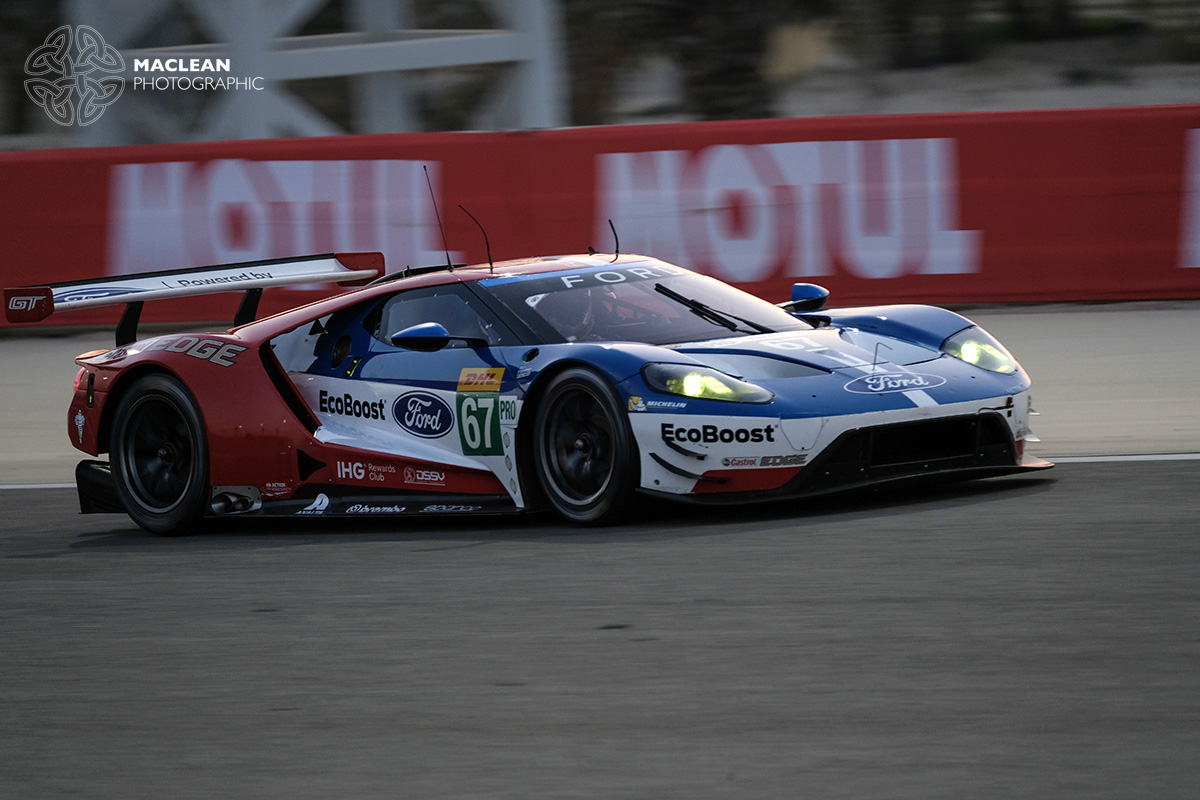
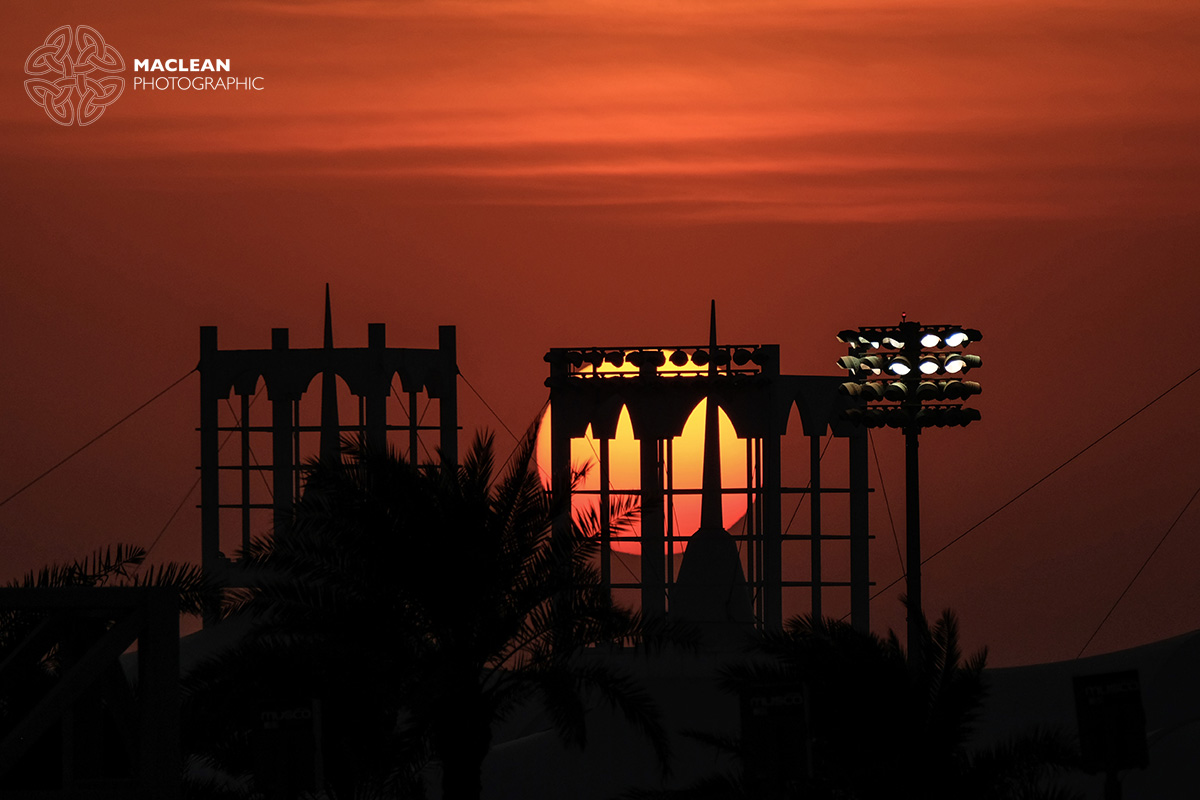
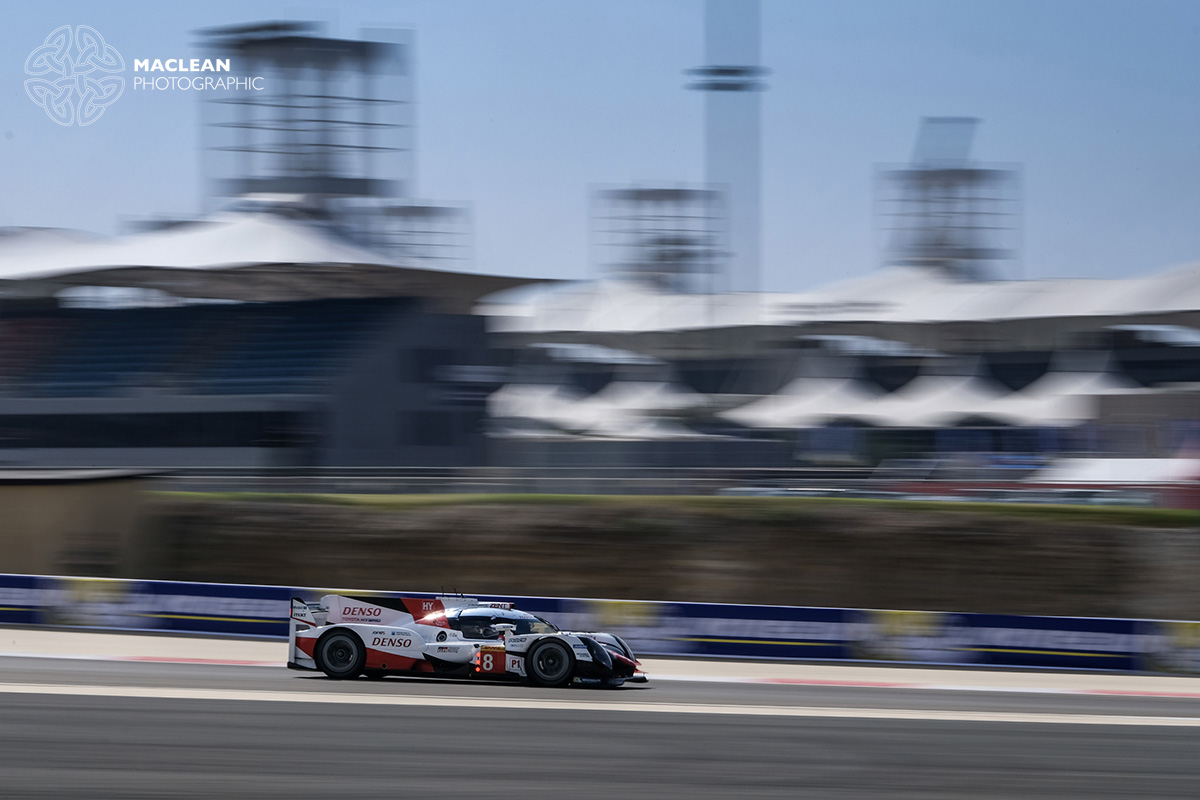
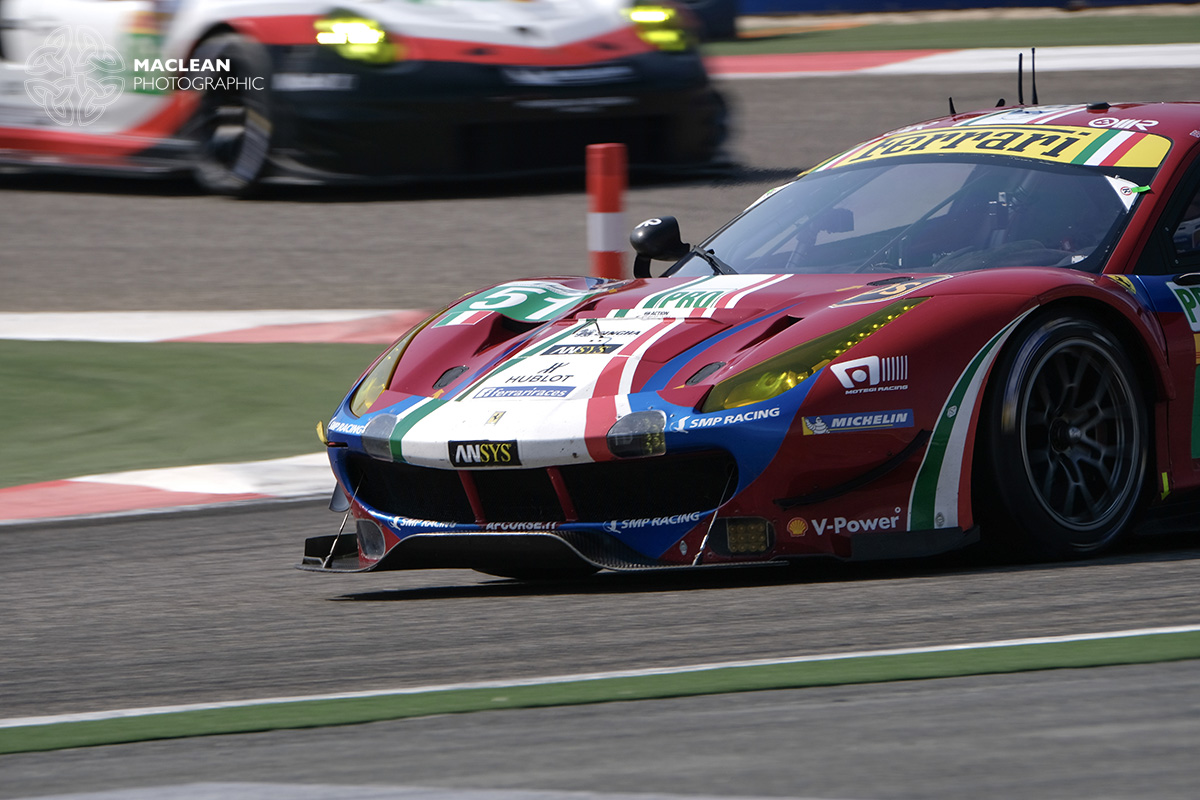
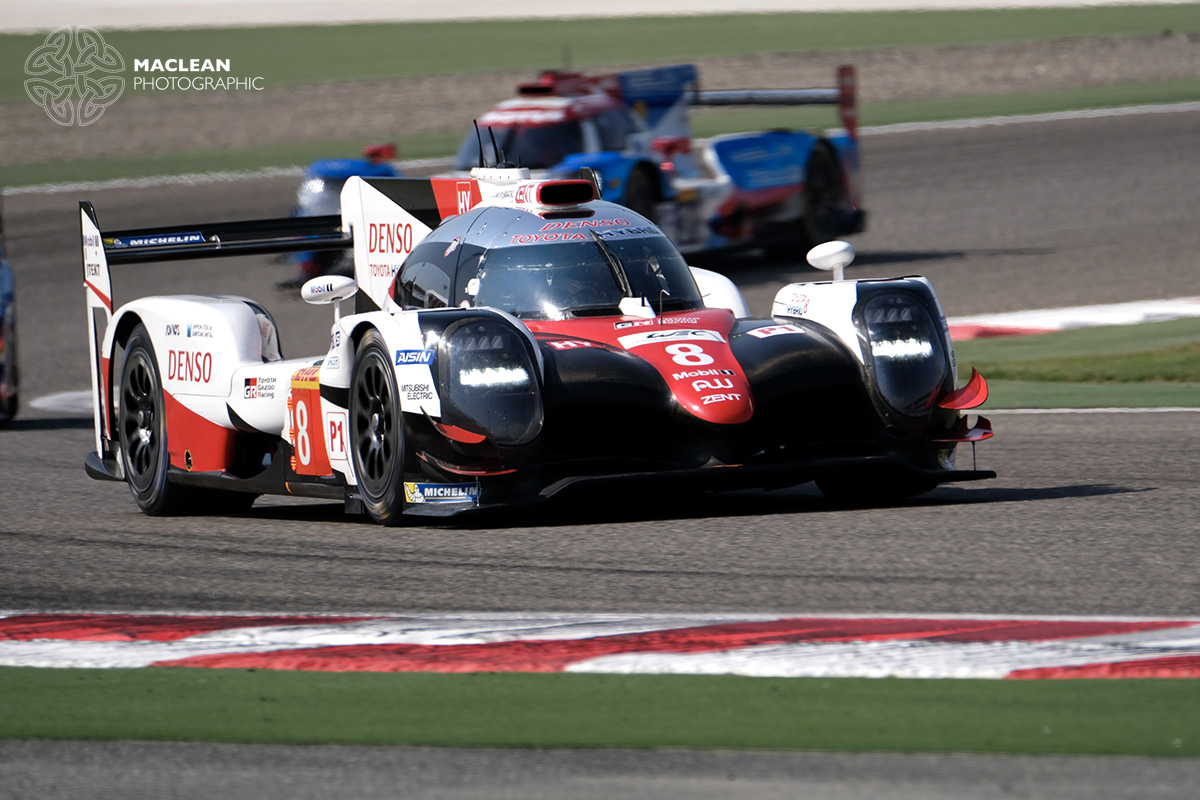
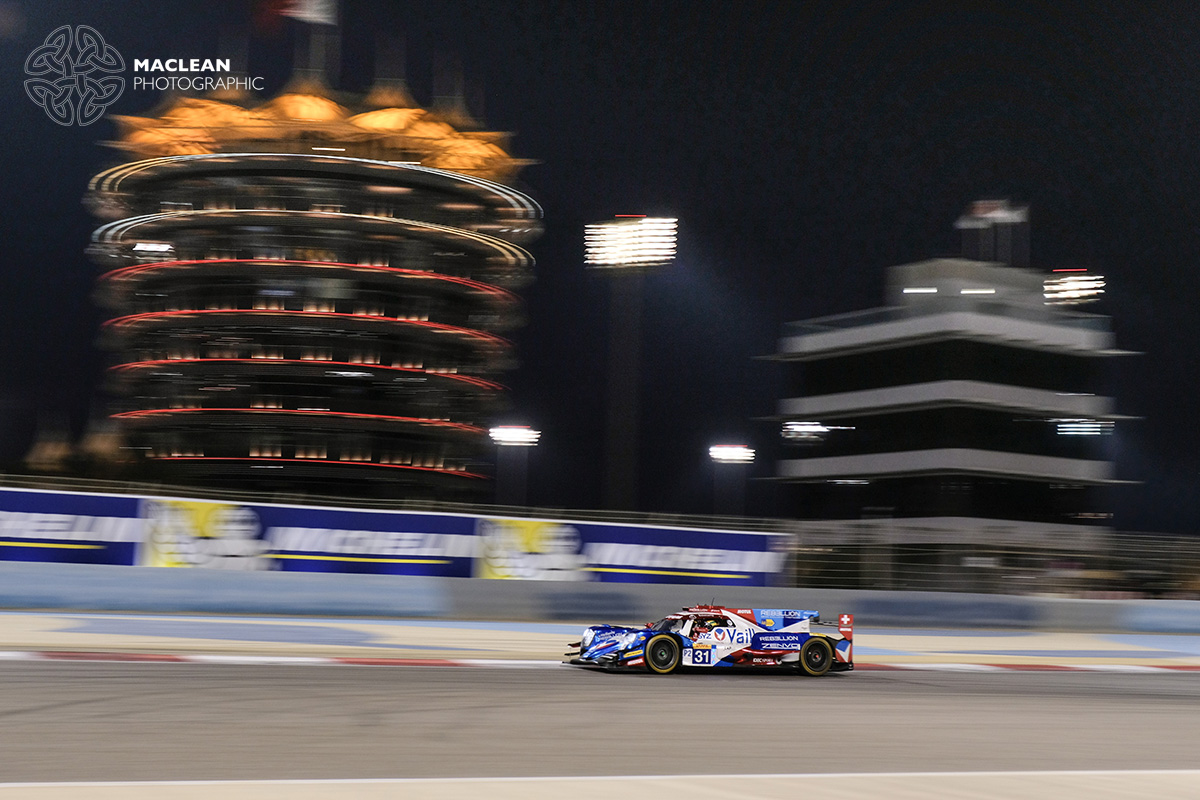

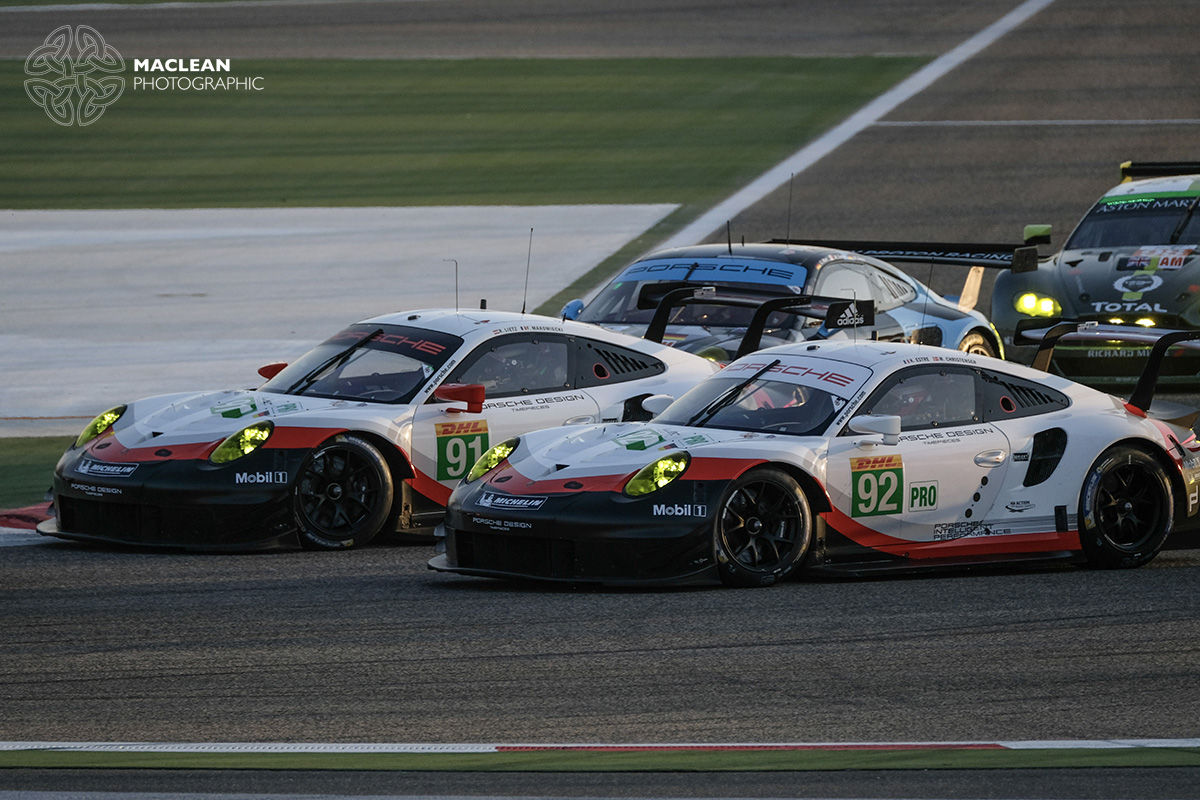
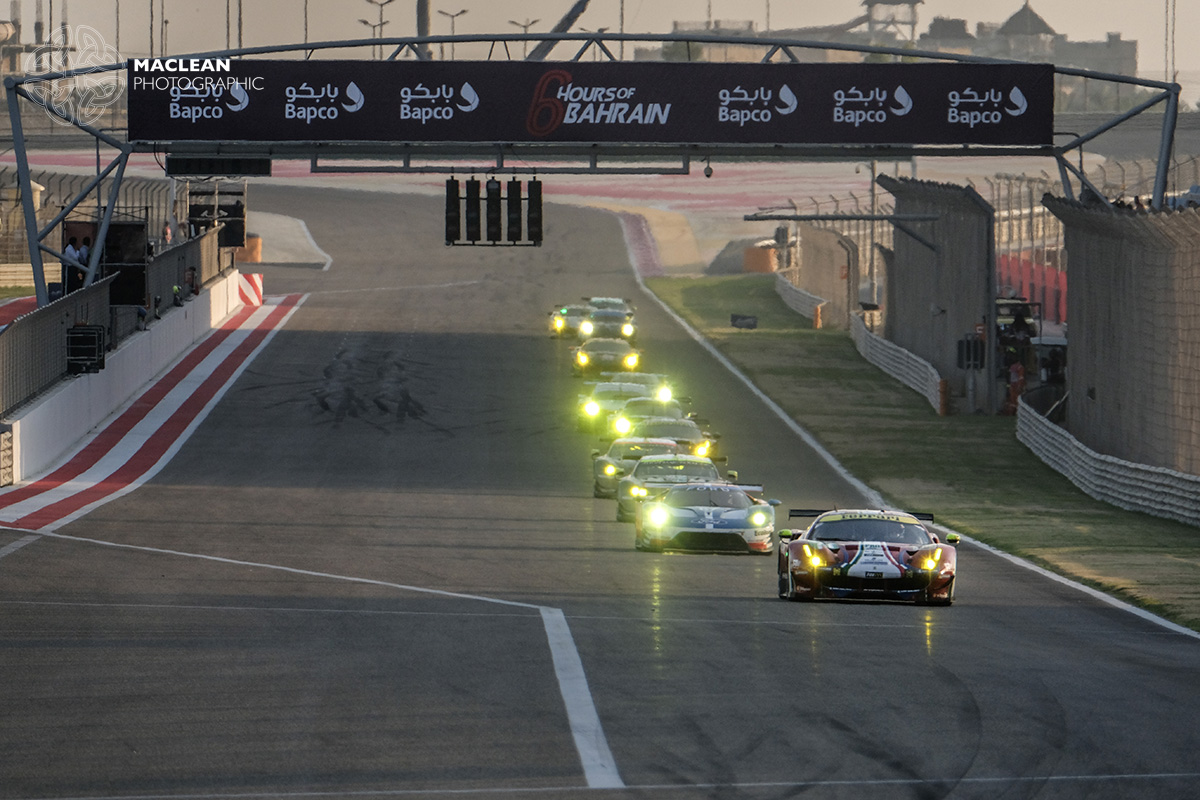
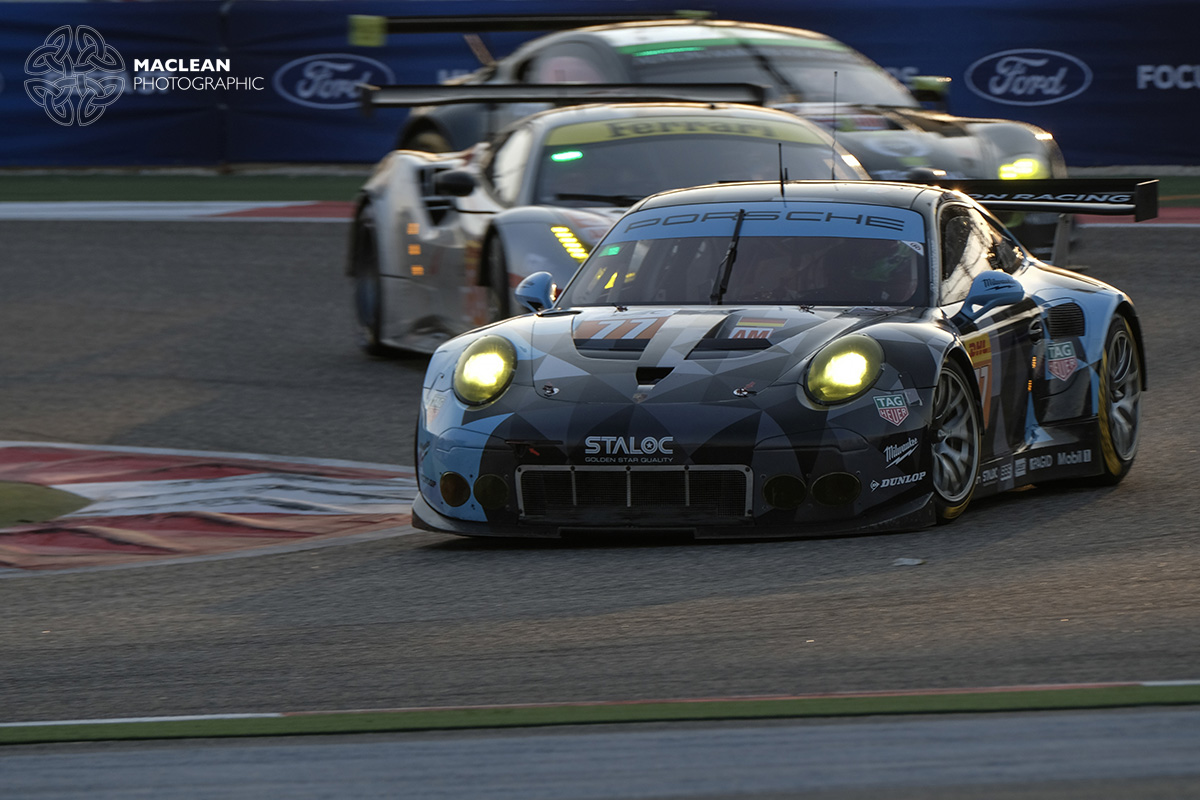
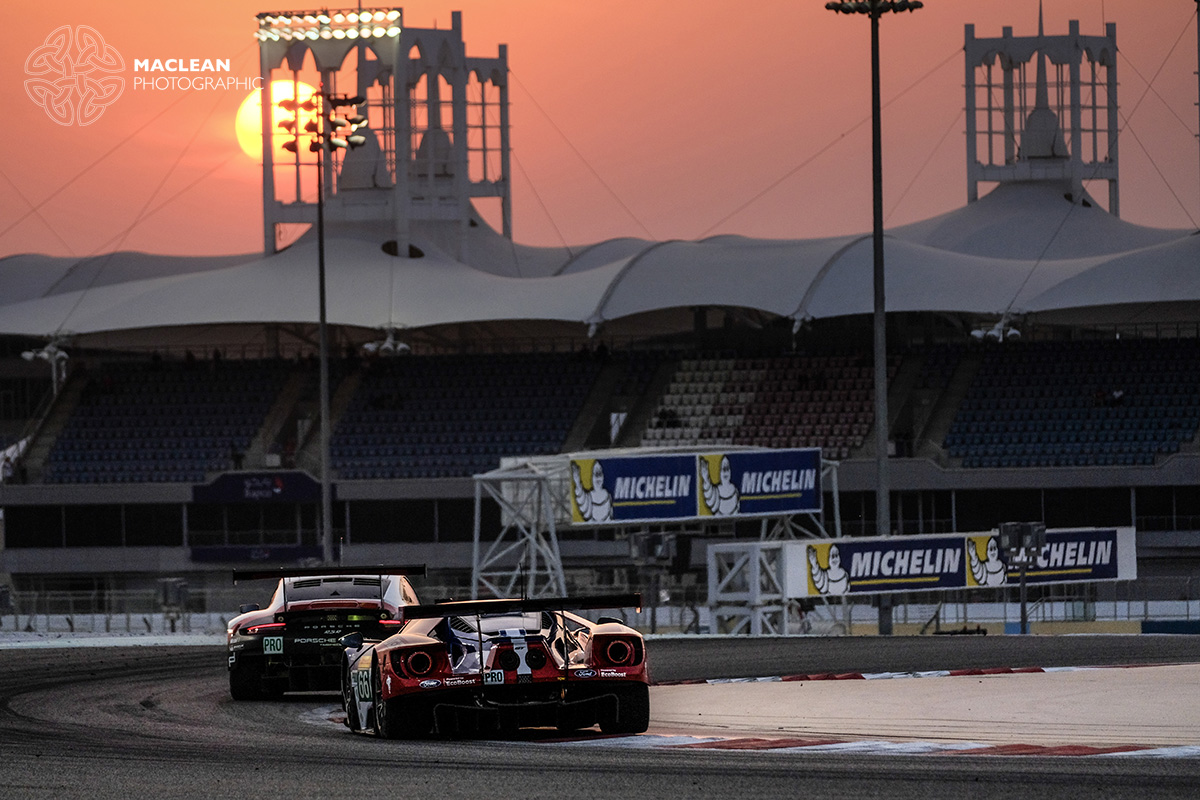
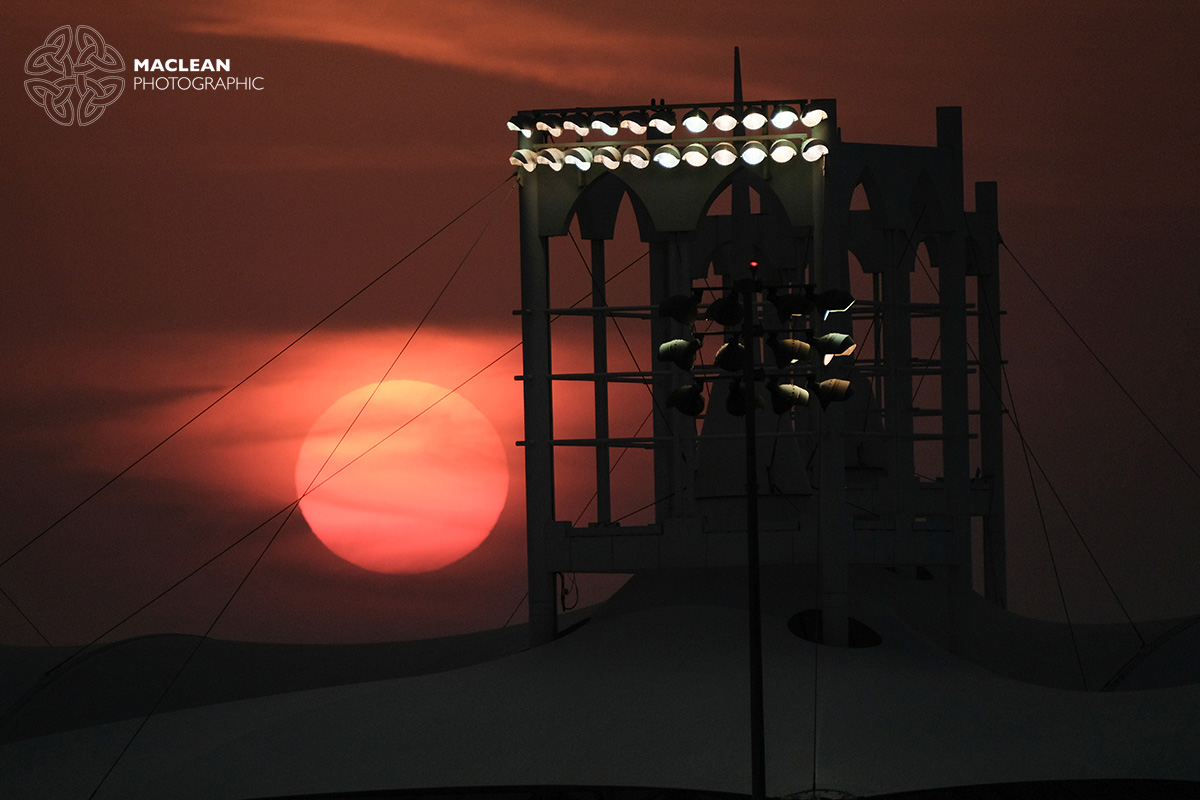
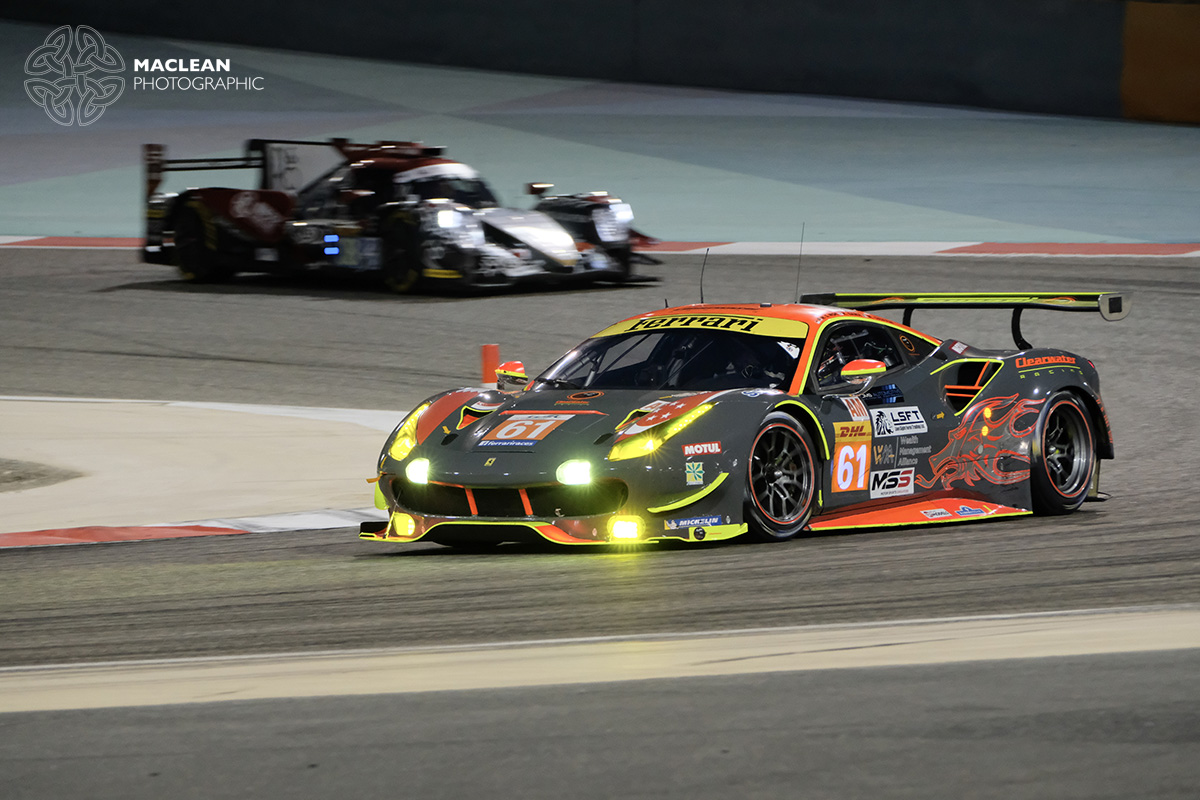
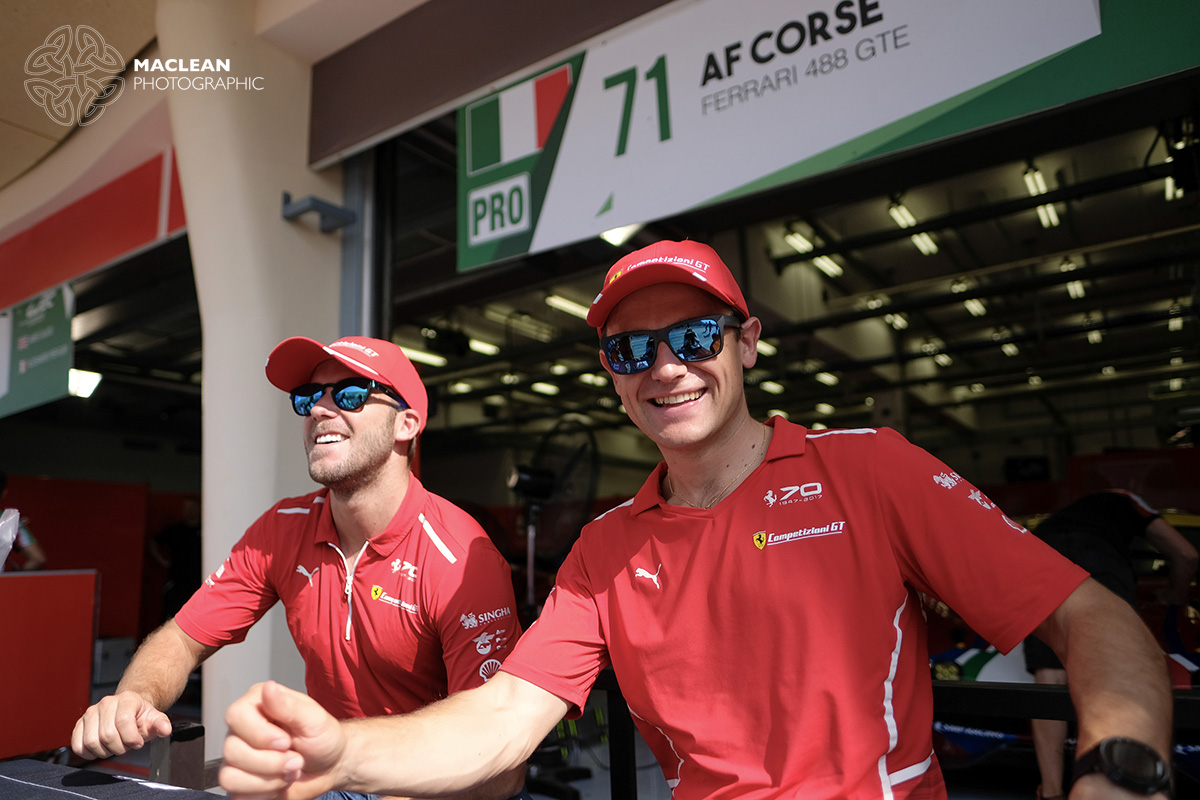
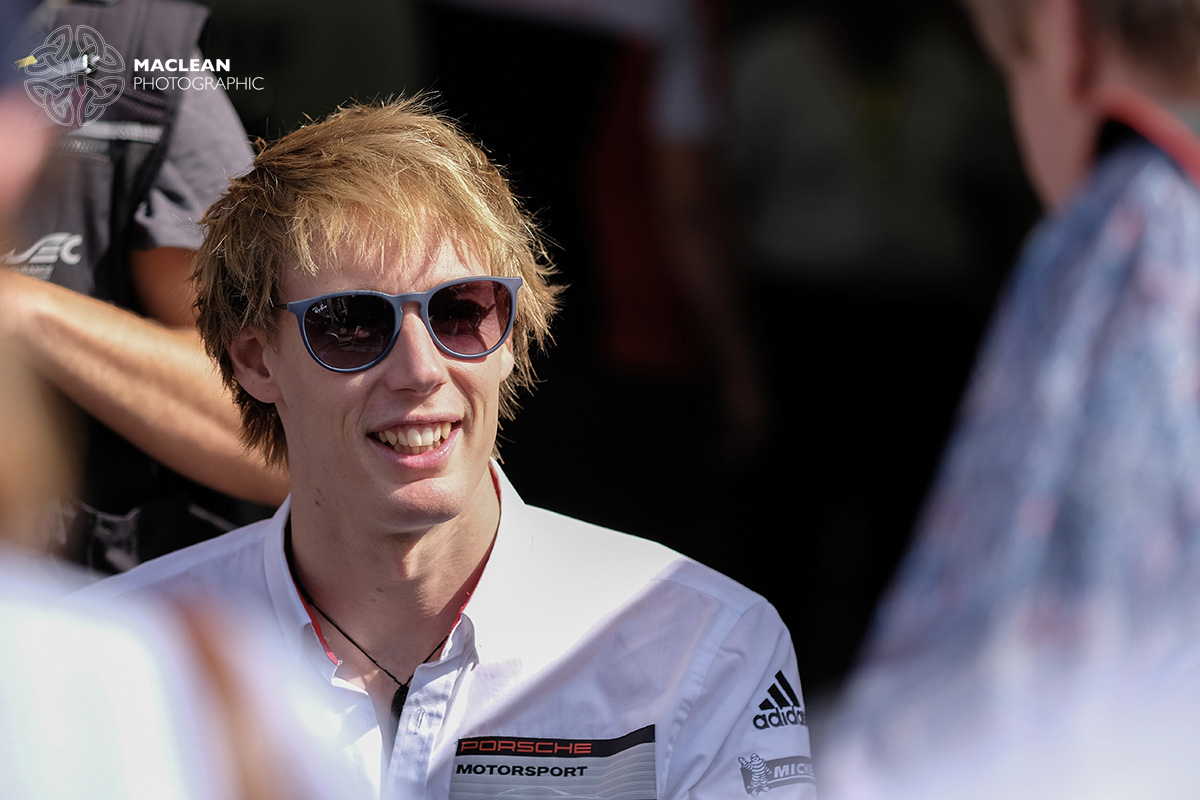
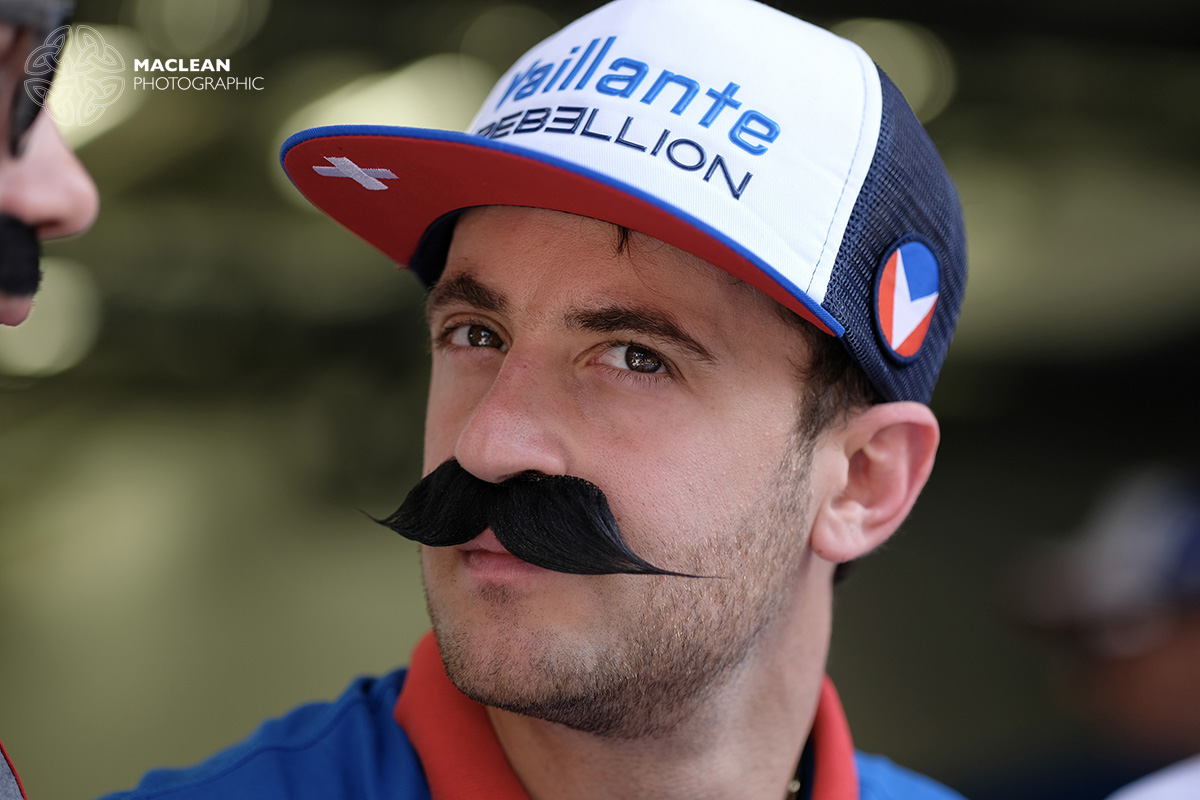

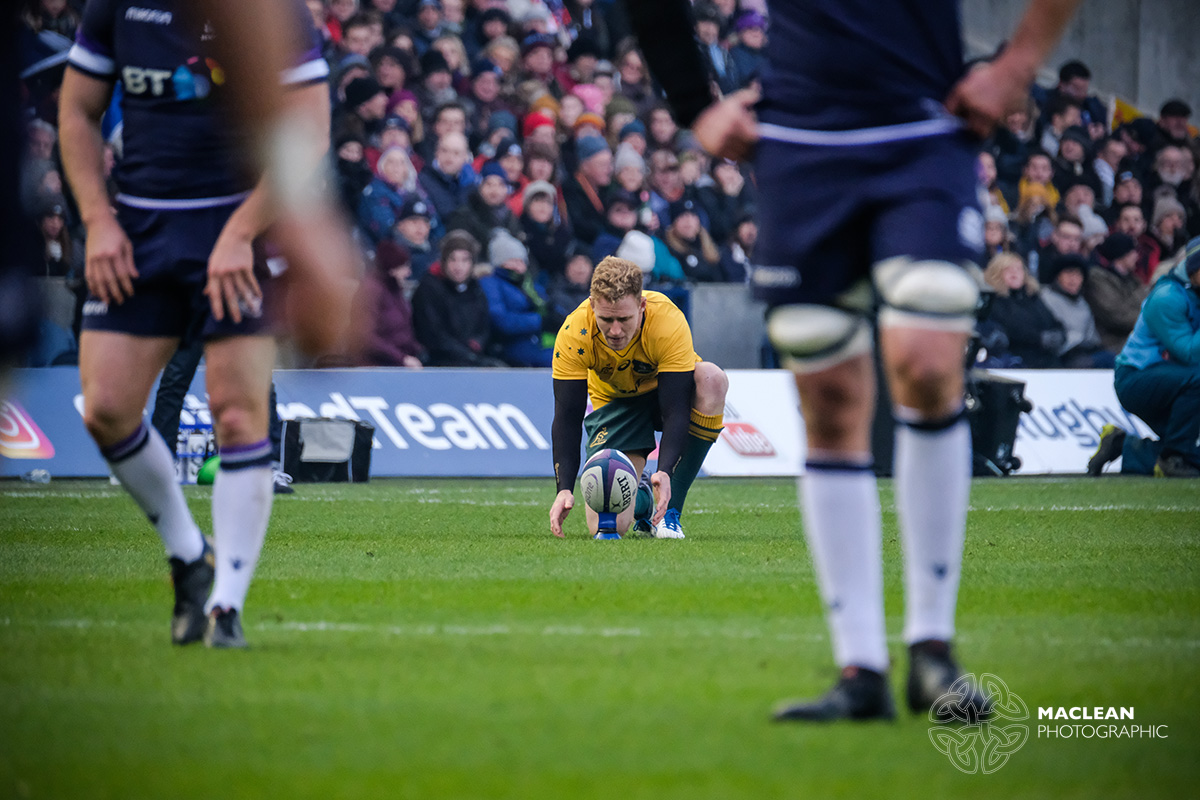
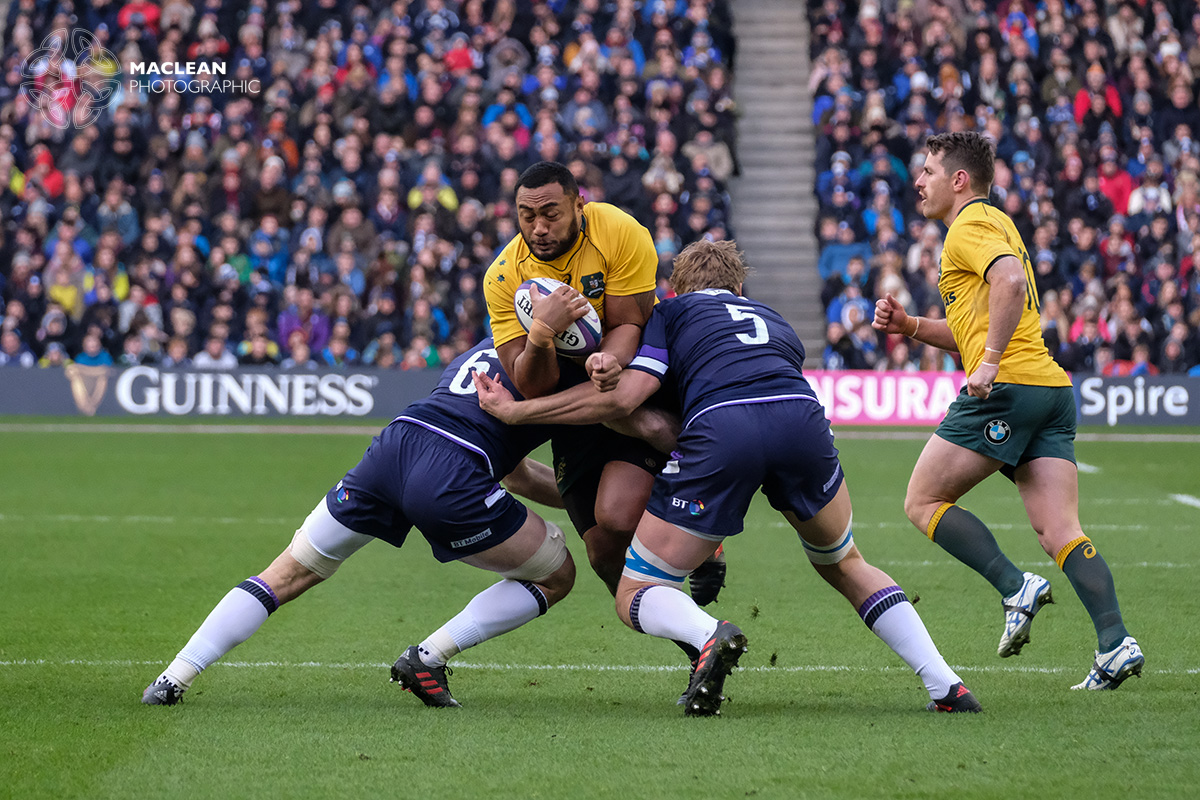


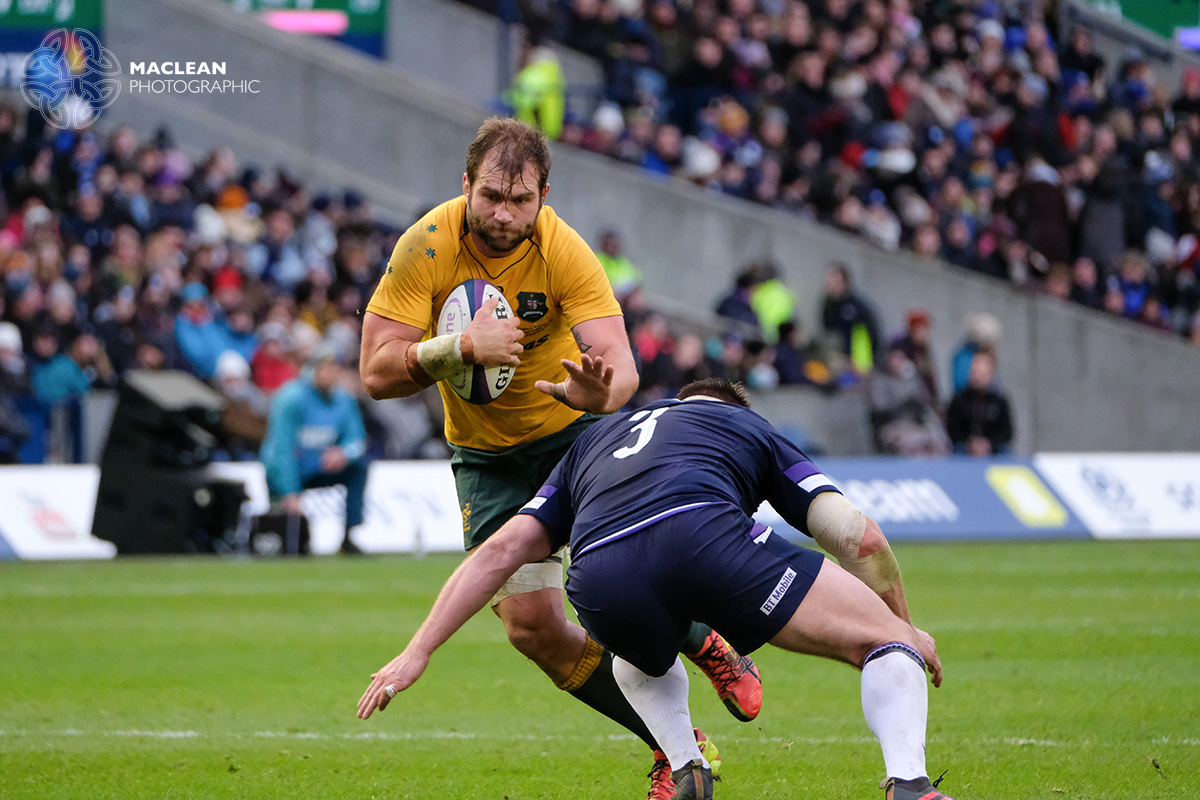
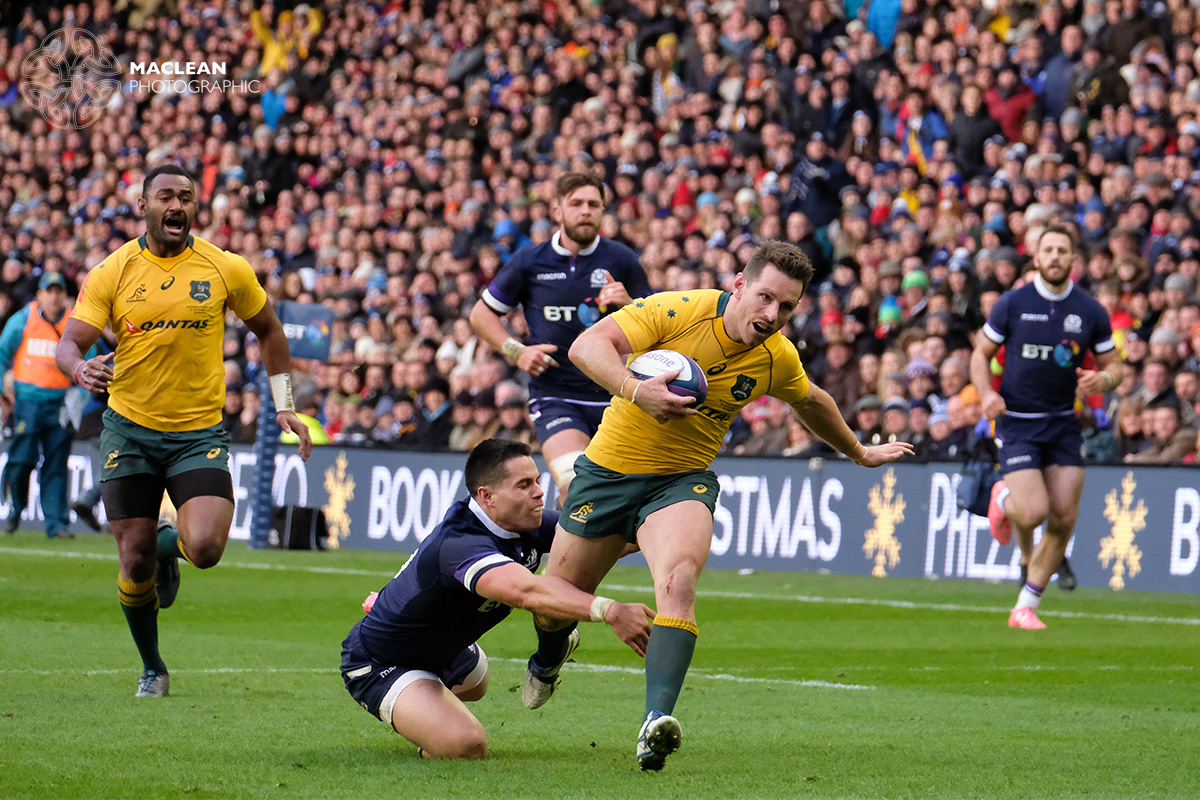
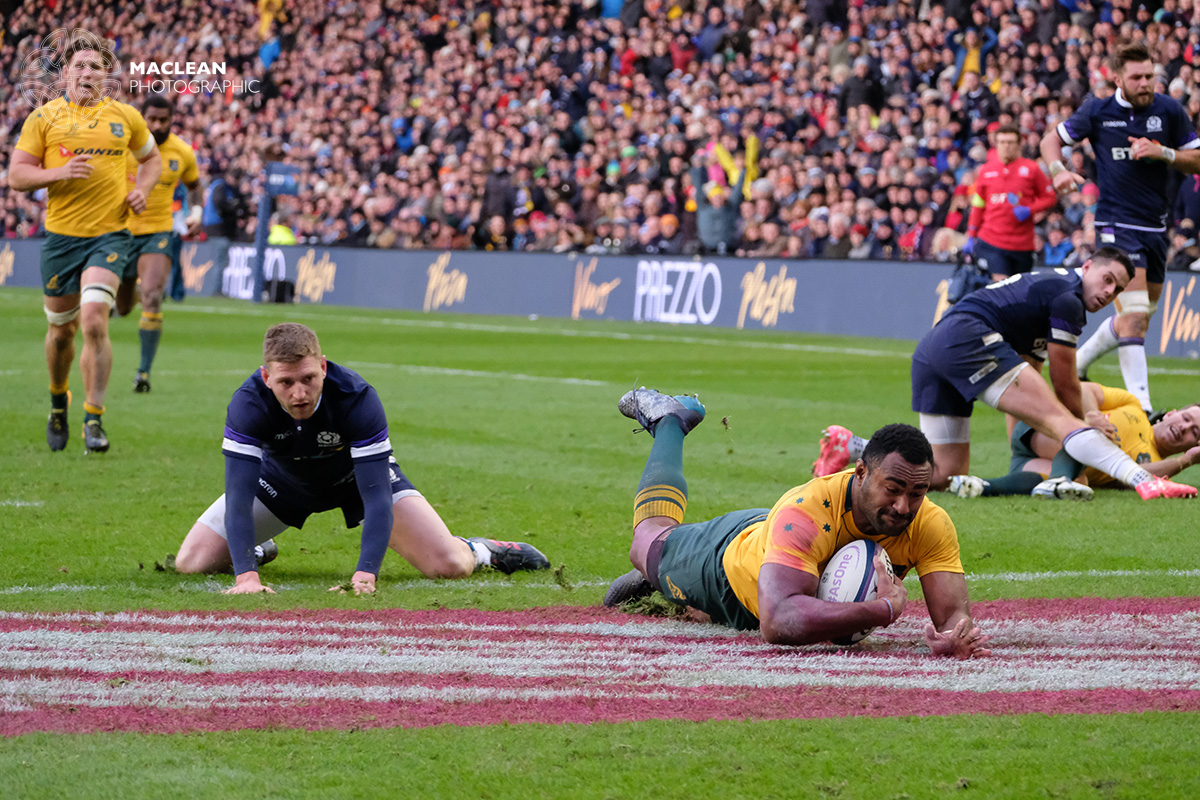

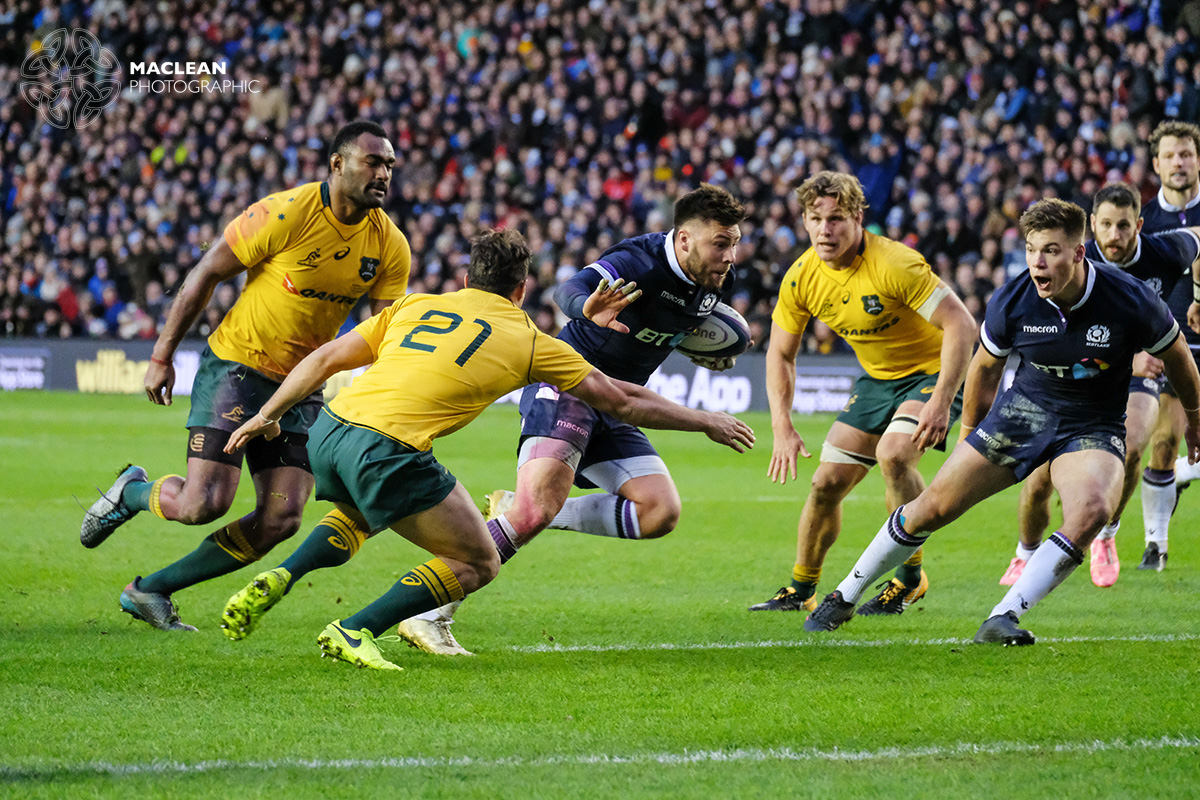
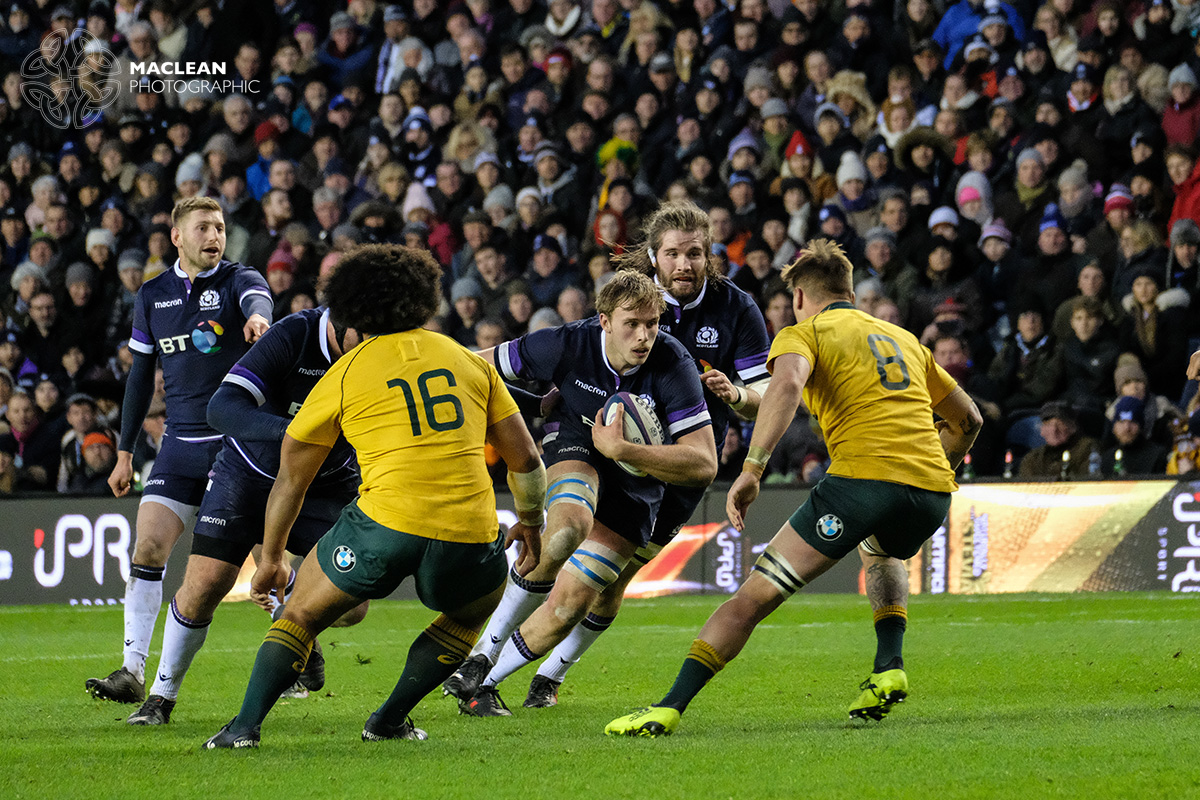
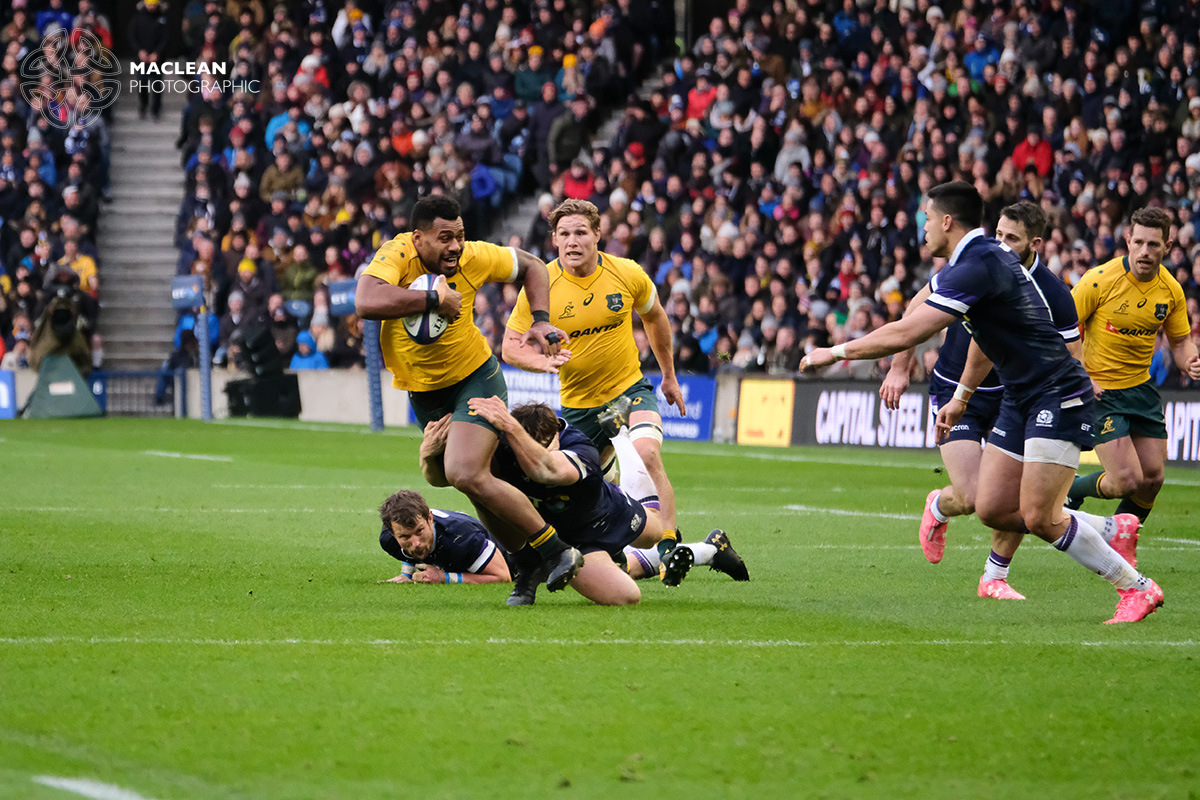

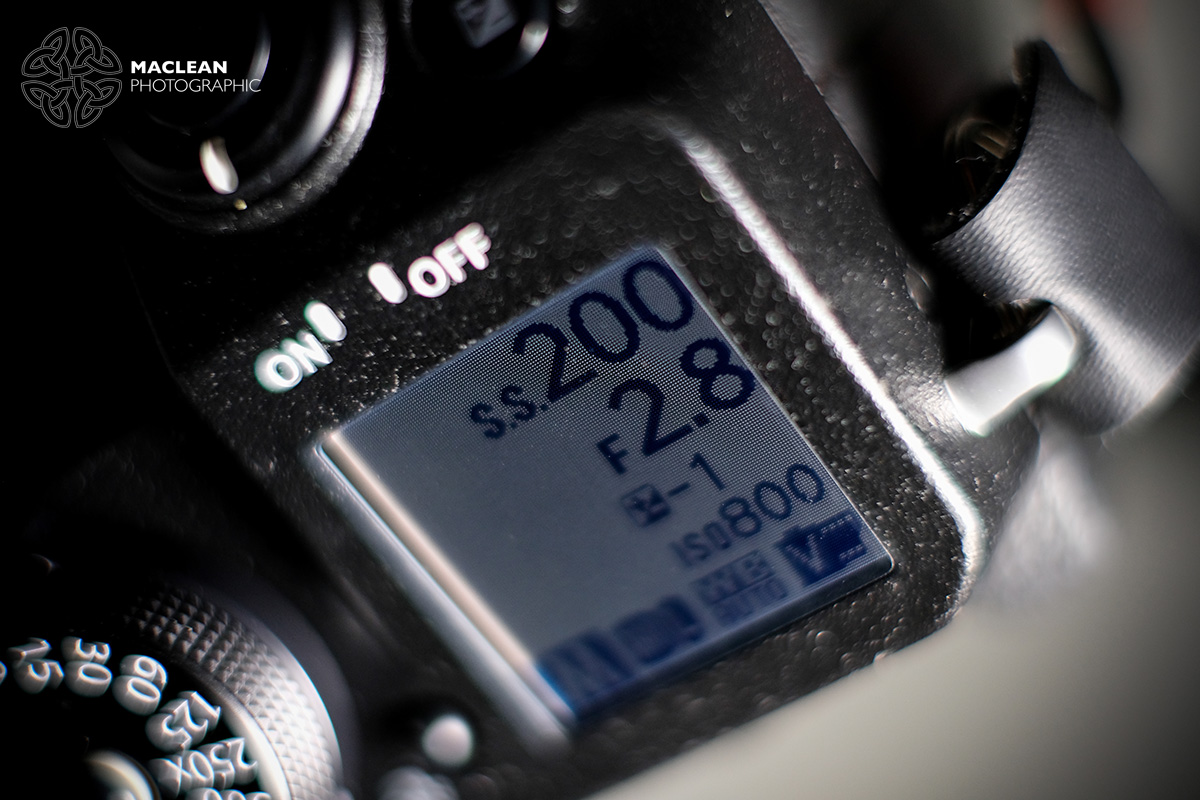
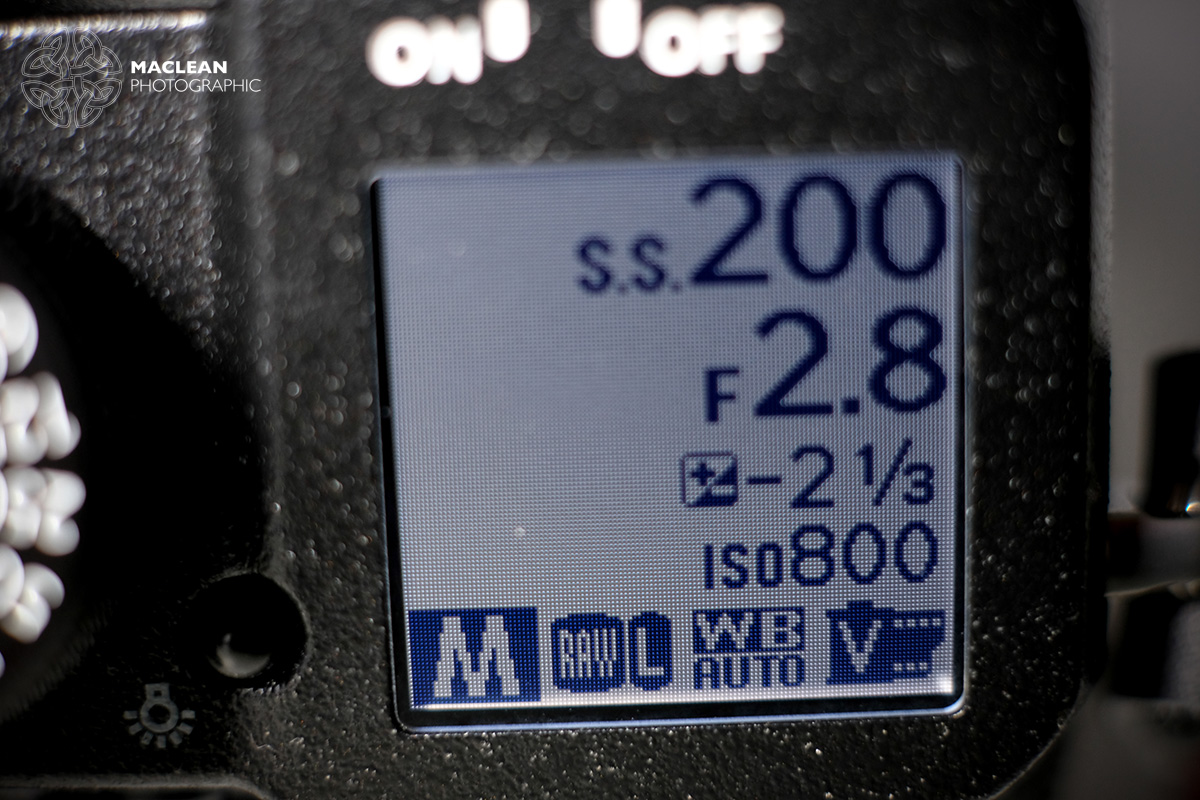
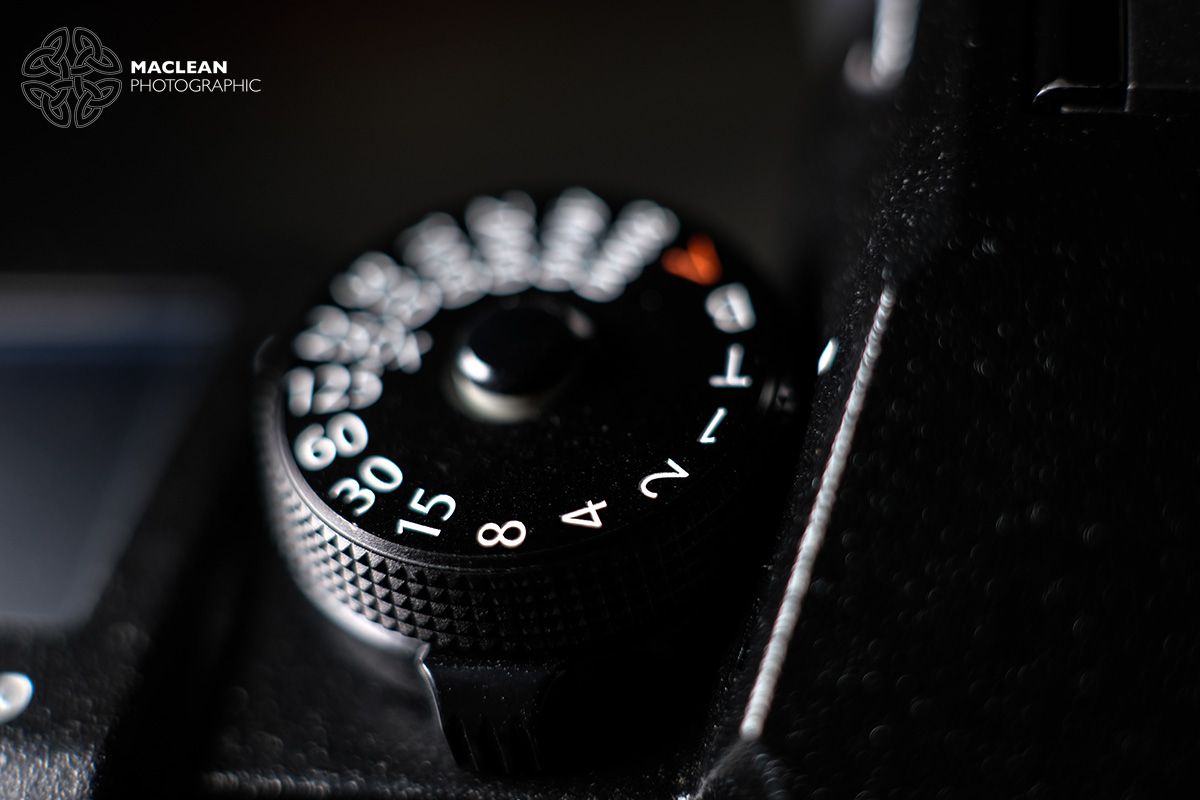
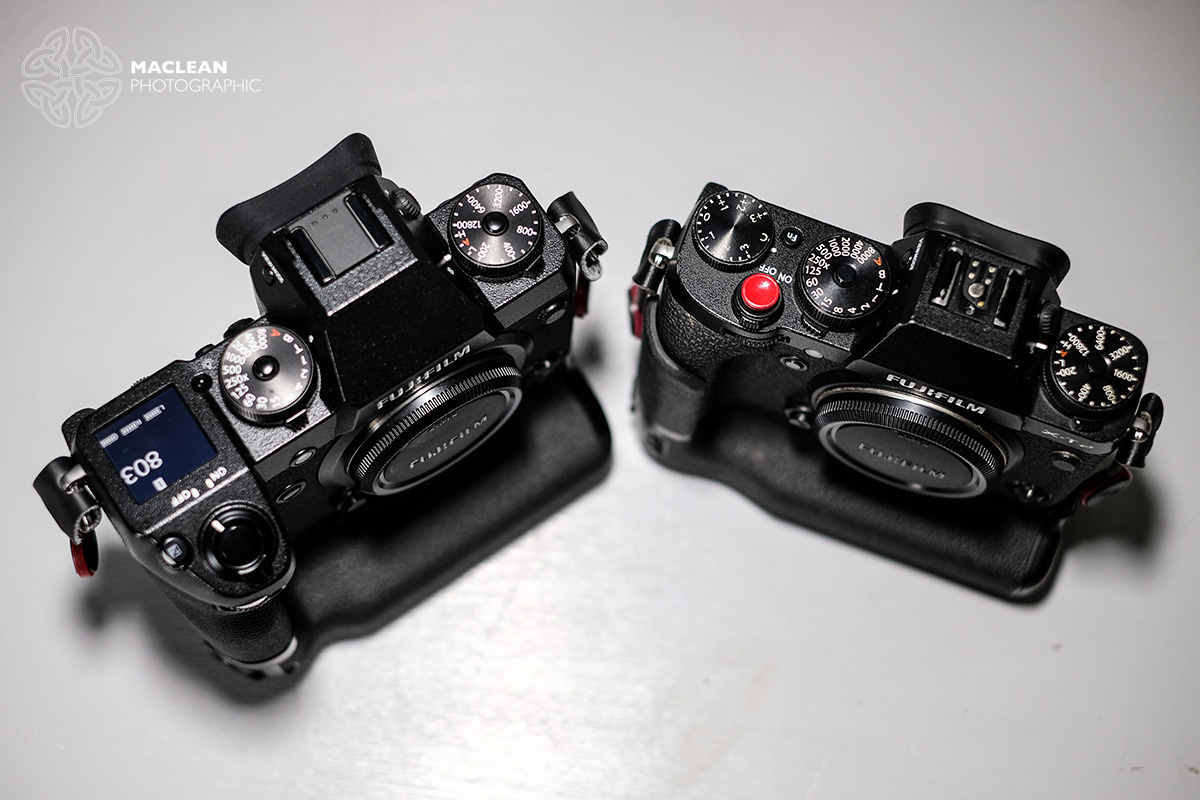


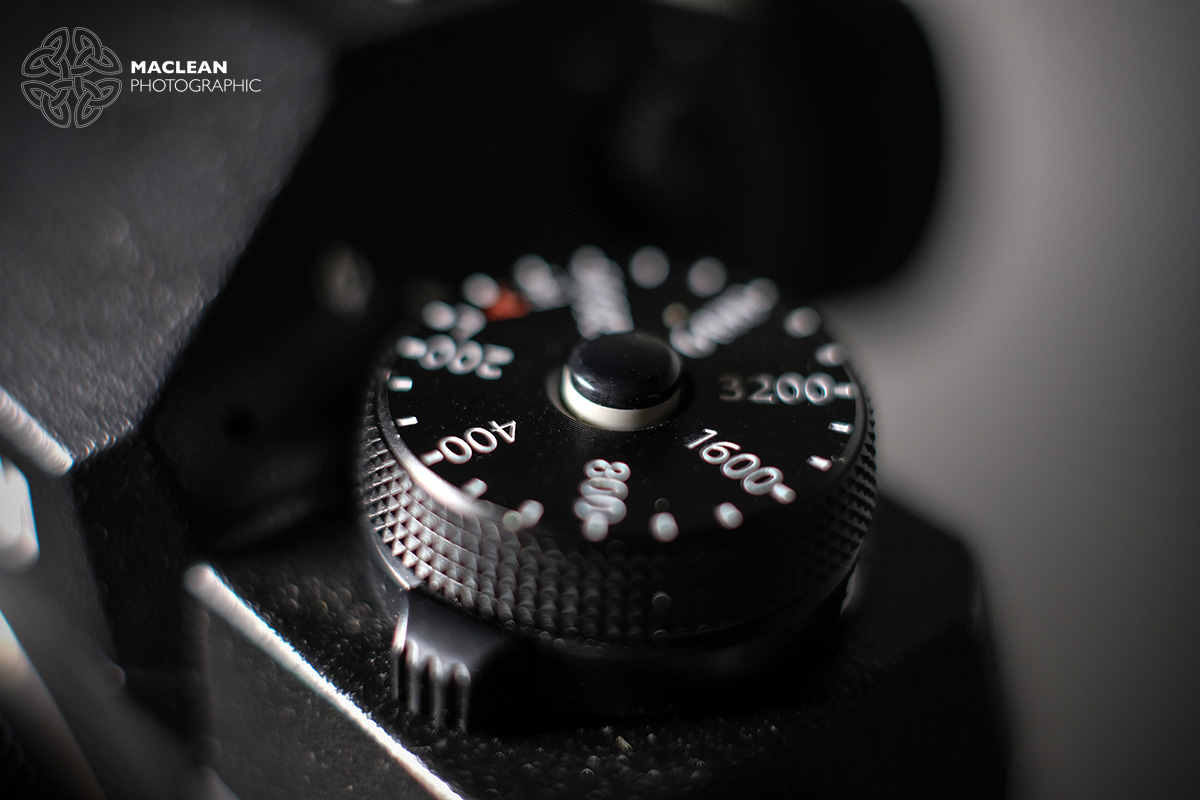
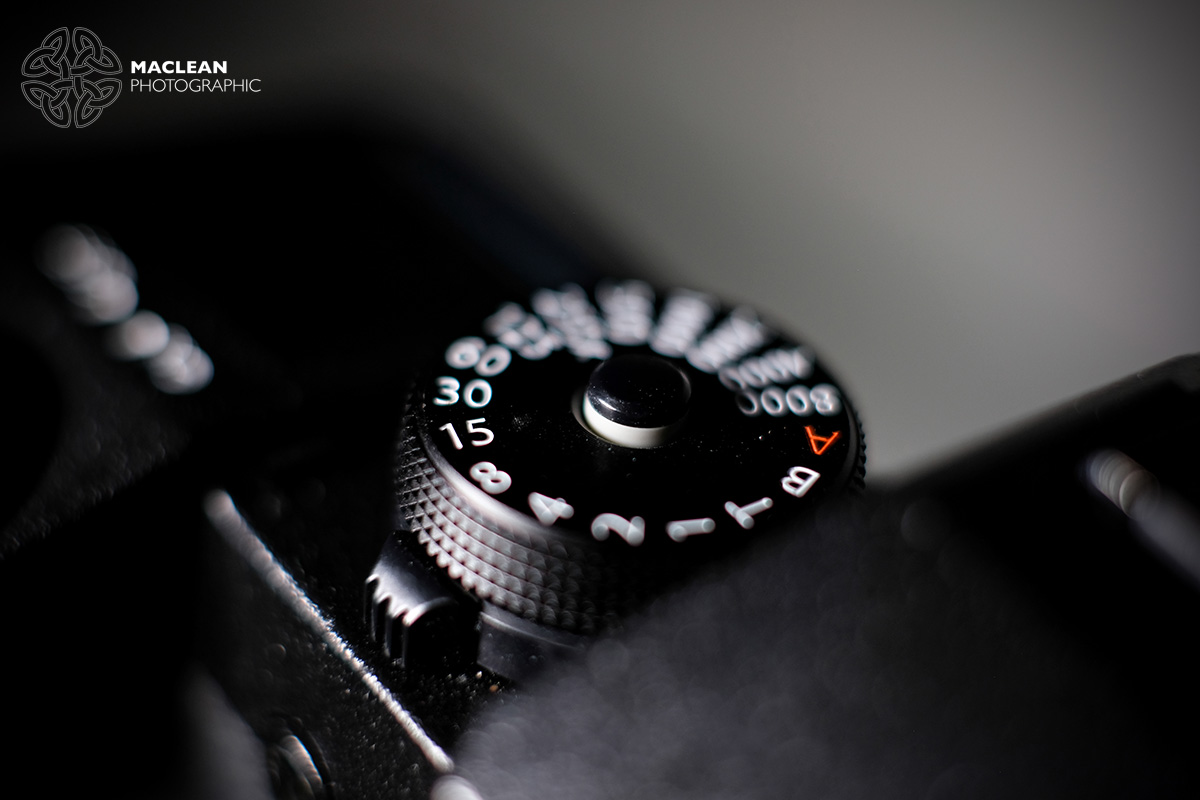
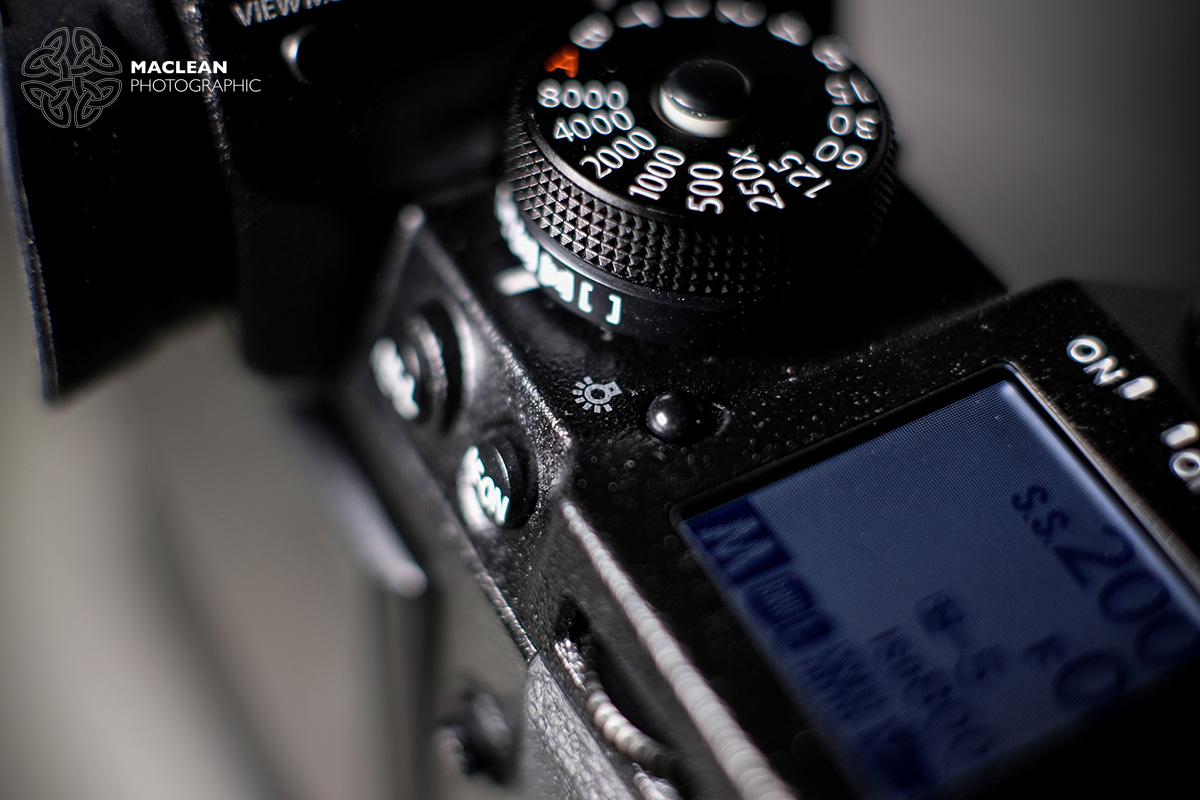
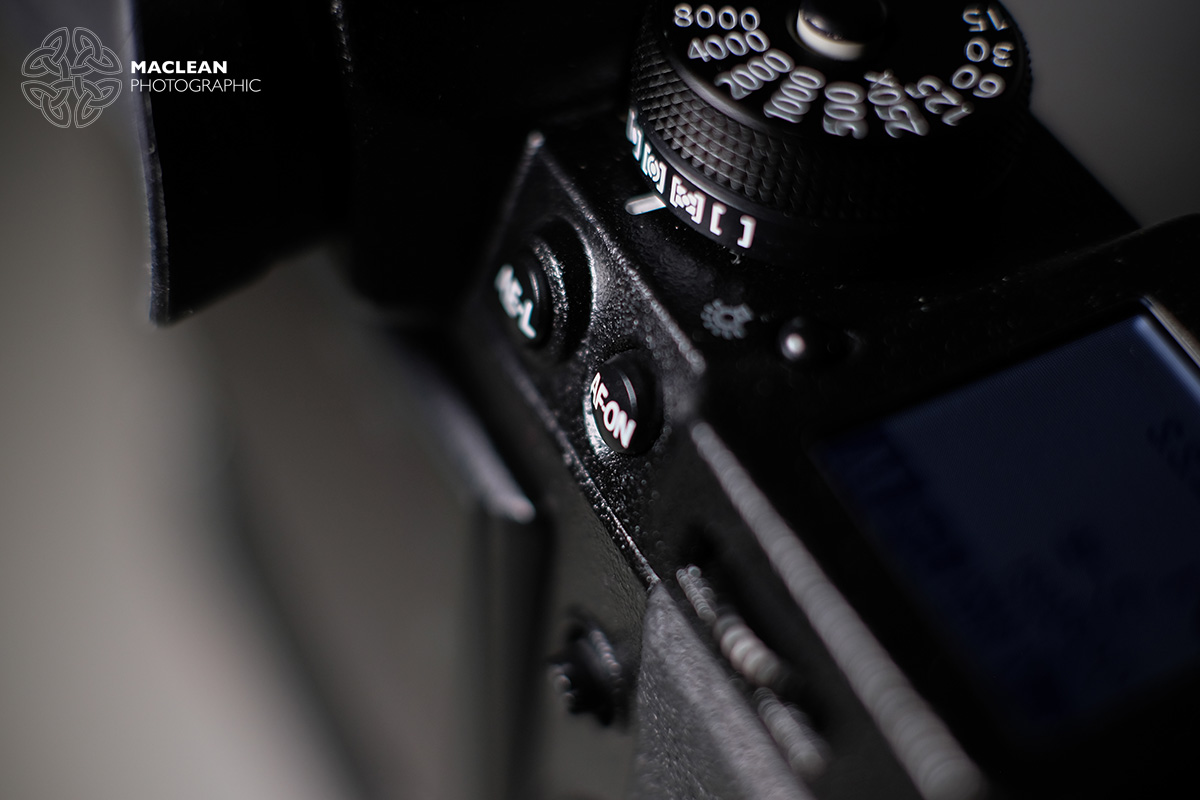
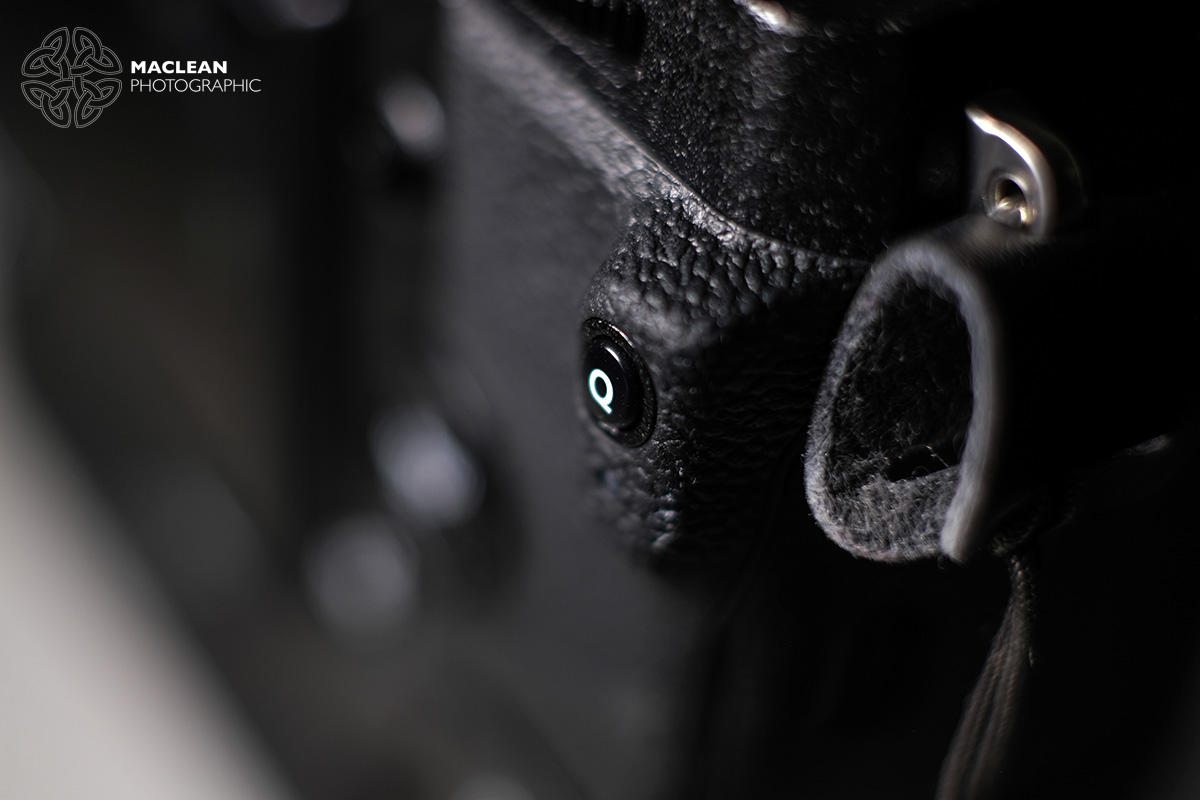
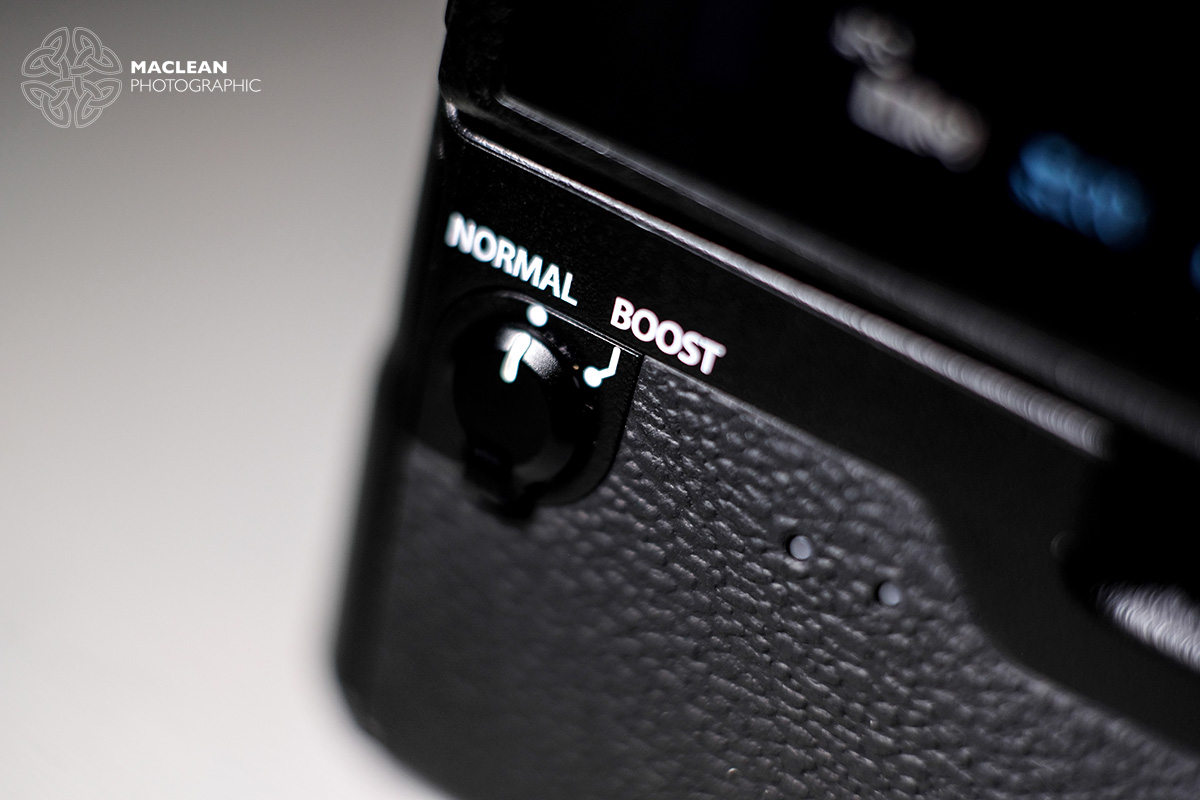
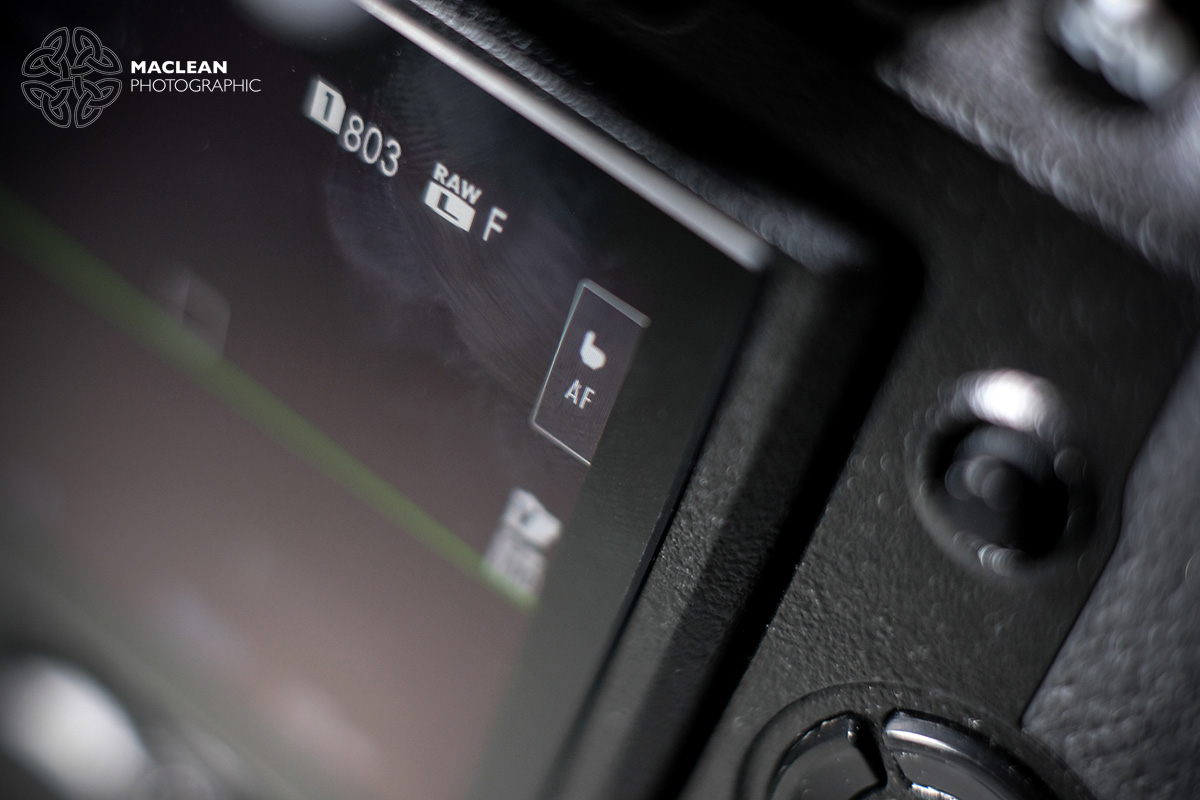
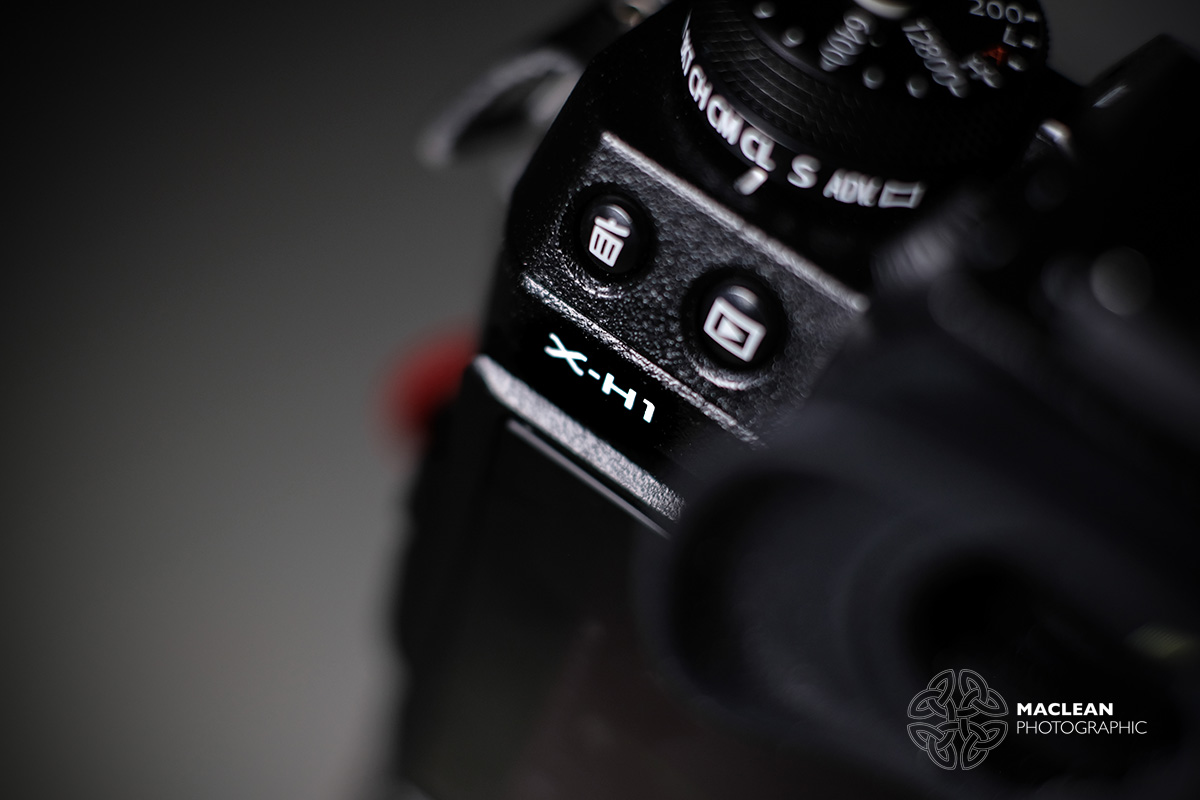
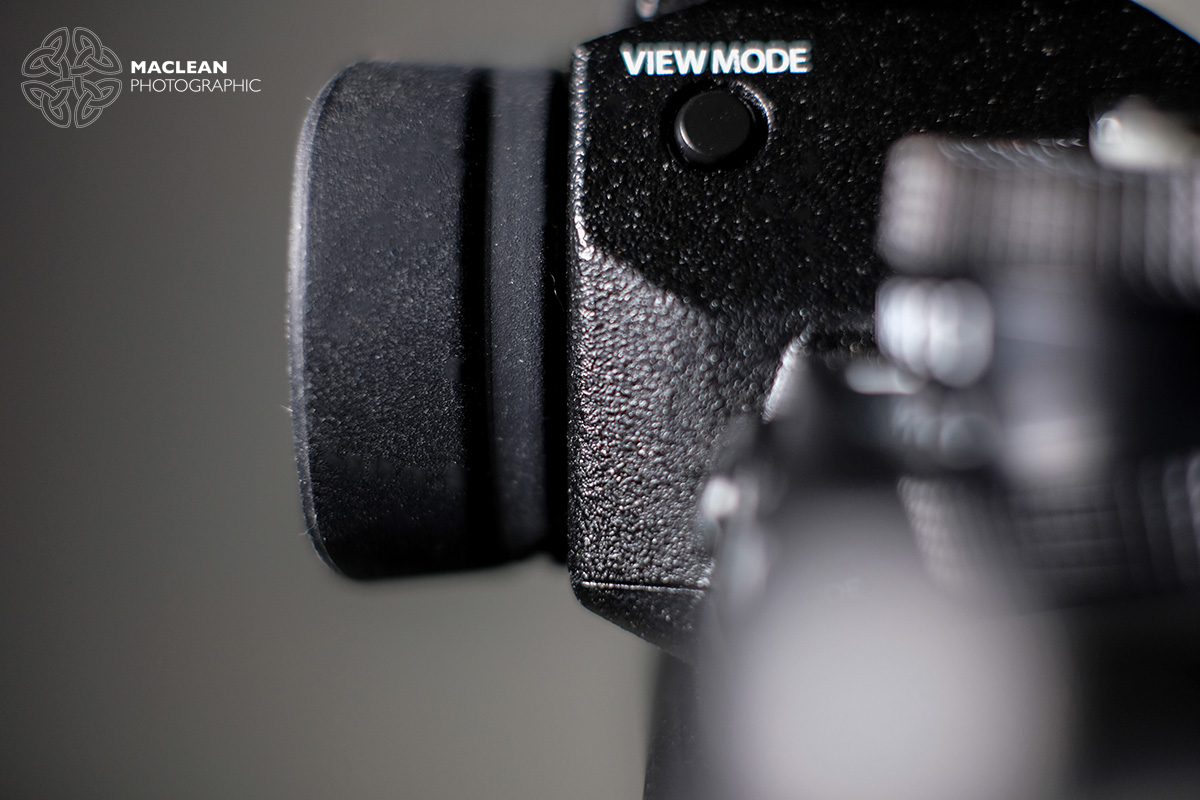
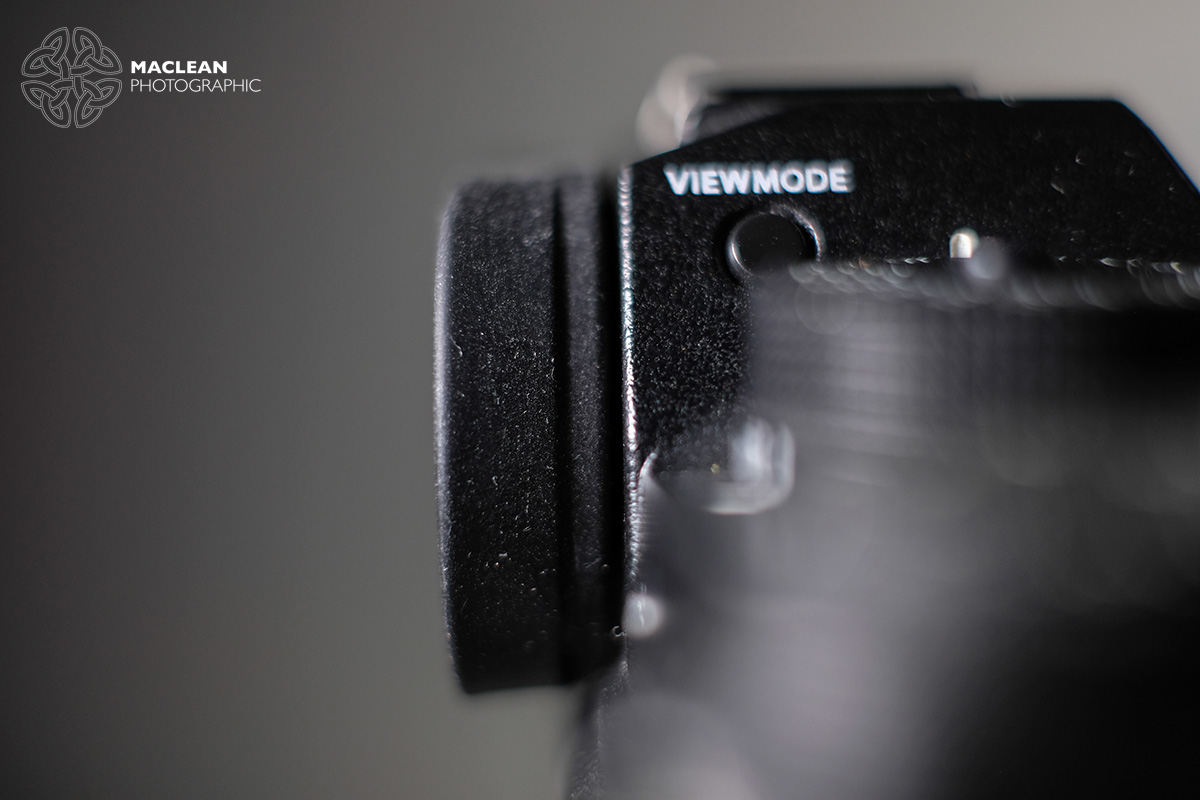
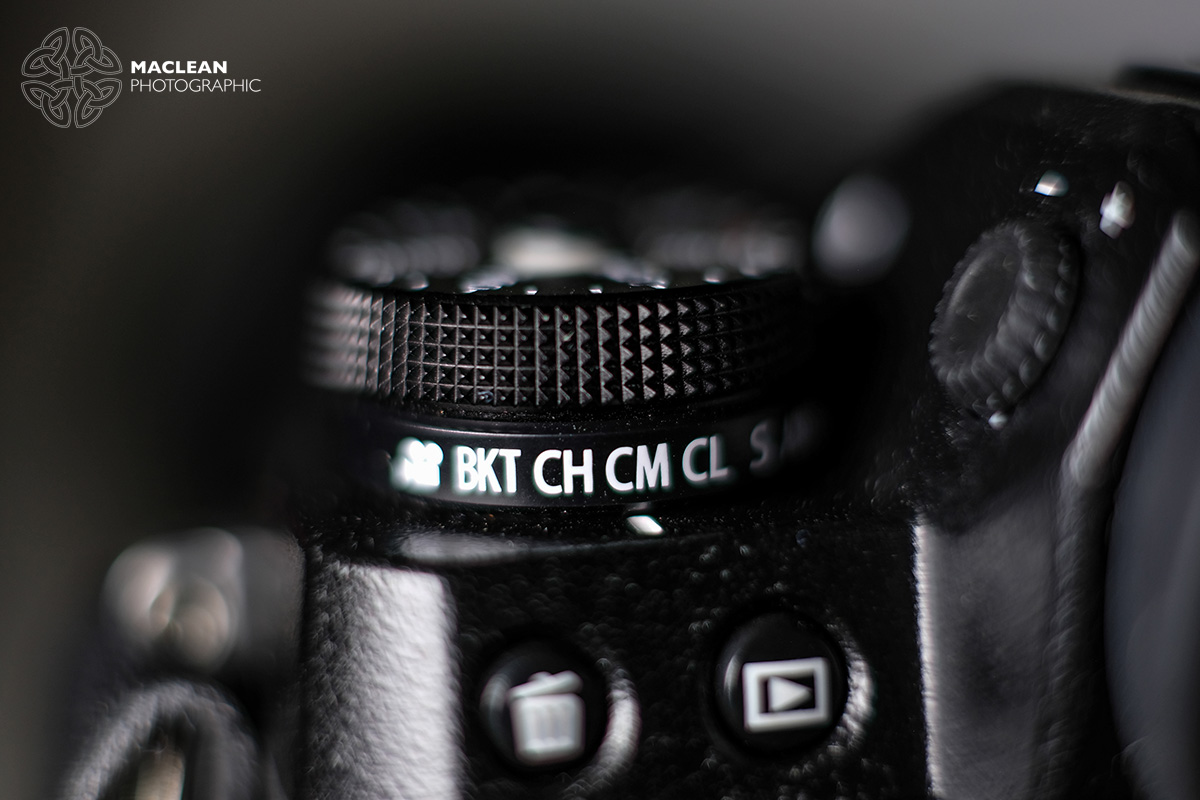







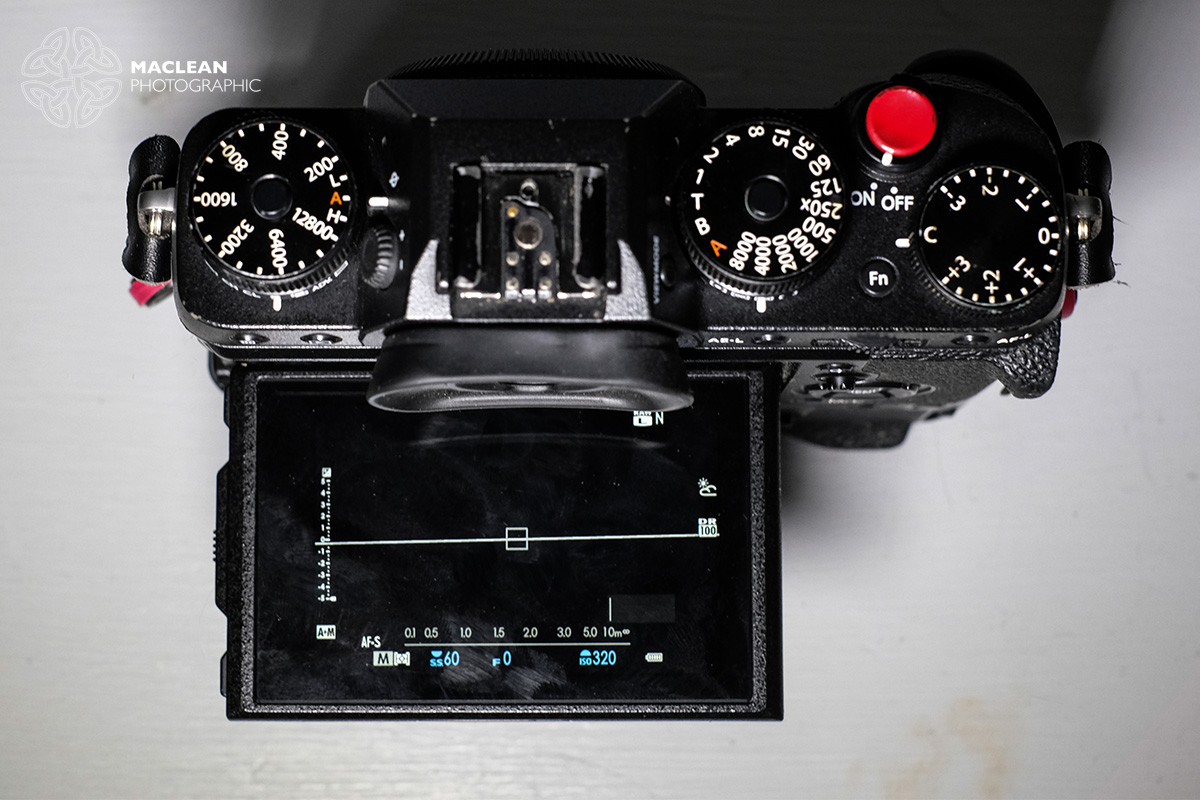









TOTAL PRICE FOR WORKSHOP: £195 per person
Select the date you wish to book from the selection below and then click ‘Add to Cart’ to pay the £50 deposit. A deposit of £50 is required for each person to book a place.
IF YOU DON'T SEE A SUITABLE DATE OR TIME PLEASE CONTACT US WITH YOUR PREFERRED DATE AND WE WILL SEE IF WE CAN ACCOMMODATE YOUR REQUEST
Balance of £145 per person is required three days before the commencement of the workshop. We will contact you to request payment.
Payment is via PayPal. You can pay with a credit of debit card or directly with PayPal if you have an account.